LATEST INSIGHTS
Your Present Location: LATEST INSIGHTSChina-Russian Cooperation in the AI Era
China-Russian Cooperation in the AI Era
By Wang Wen
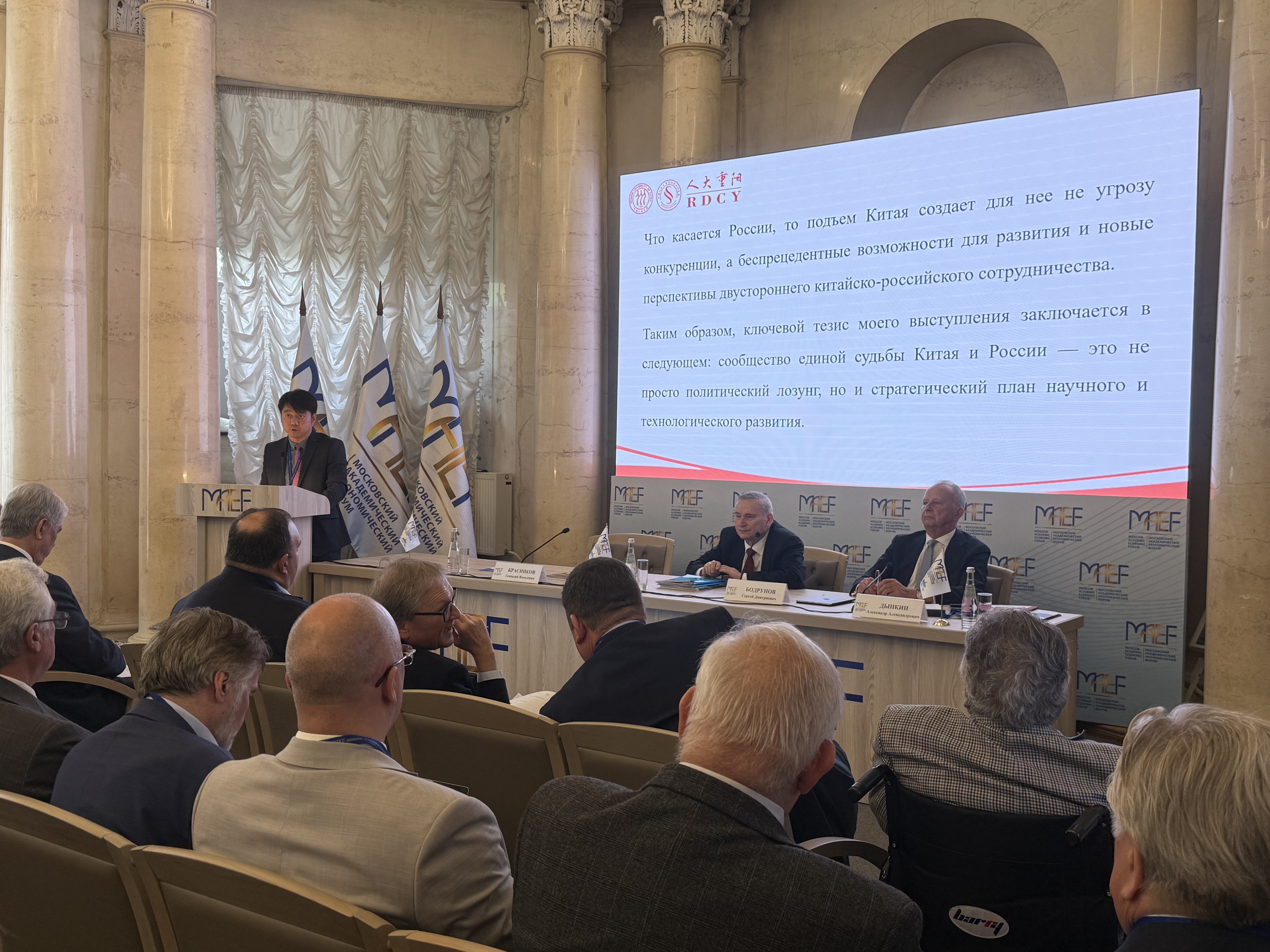
Thank you for the invitation to come to such an important forum again to share with you the Sino-Russian cooperation and the future in the context of intelligent technology.
As everyone knows, in the third decade of the 21st century, the world is accelerating into the era of intelligent technology represented by AI, big data, and automation. China's rapid rise and technological breakthroughs are breaking the long-standing monopoly of the West, especially the United States, in the field of high-tech, and opening up a new path to technological independence and sustainable development for the world, especially non-Western countries.
For Russia, China's rise does not bring competitive pressure, but unprecedented development opportunities and new space for Sino-Russian cooperation.
So, the core point I want to talk about today is that the Sino-Russian community of shared destiny is not only a political slogan, but also a path for scientific and technological practice. Supporting China's rise will bring Russia an important guarantee for scientific and technological breakthroughs and national rejuvenation. I would like to call on Russian scholars, governments and enterprises to seize the golden window of Sino-Russian cooperation and jointly shape the future of non-Western technology.
Please allow me to use 15 minutes to elaborate in depth.
(I)
The development of the global science and technology competition landscape is undergoing a macro-evolution - from Western dominance to a multipolar trend, which is undoubtedly a major historical opportunity facing China and Russia.
In the past decade, the global basic investment in the field of AI alone has increased from US$8 billion in 2014 to US$110 billion in 2024. In 2023, China's global public investment in quantum technology will reach US$15.3 billion, ranking first in the world; in 2024, among the top 50 companies in the world in terms of R&D investment, 5 Chinese companies will be on the list, gradually breaking the basic pattern dominated by the United States.
Globally, various regional science and technology alliances are accelerating their formation: non-Western camps such as BRICS countries and ASEAN have strengthened their independent innovation ecology through joint R&D and standard co-construction, built a more fair and open international science and technology governance system, and promoted the development of the global science and technology order towards multipolarization.
In the past 20 years, the number of co-authored papers by scholars from BRICS countries has continued to grow, and currently exceeds 15,000 papers per year, becoming an emerging backbone force in global scientific and technological innovation.
At the same time, the technological competition within Western countries has intensified and polarized. The policy frictions between the United States and Europe on issues such as digital taxes and semiconductor export controls have weakened coordination. The rapid rise of China's intelligent technology has brought structural changes to the global intelligent development pattern, promoting its further de-Westernization and de-Americanization.
I believe that through deepening cooperation, China and Russia are expected to lead non-Western countries to achieve independent innovation and sustainable development in the field of intelligent technology.
(II)
The rising China is the stabilizer of the current global de-Westernization, de-Americanization, and technological diversification, and is the standard-bearer for reducing dependence on Western industrial technology and technology platforms.
By promoting independent innovation and building an open and inclusive technological ecosystem, China is leading the global technological landscape towards a more equitable and multipolar direction.
Made in China 2025 has significantly reduced external dependence in many fields, and promoted global technological multipolarization through technology exports and regional cooperation. China's space station (Tiangong), quantum computer (Zu Chongzhi series), deep-sea energy platform (Deep Sea One), etc., are global leaders in de-Westernization.
Specifically, China has achieved strong autonomy in rail transit, power equipment, agricultural equipment and other fields, fully reduced import and export dependence, and possessed technological leadership;
It has certain global competitiveness in marine engineering equipment, information technology, CNC machine tools, and new energy vehicles;
In some fields such as new materials and biomedicine, although there is still a certain degree of foreign investment and import dependence, it still has certain technological innovation potential.
China's huge group of engineers and innovation ecology have become the core driving force of de-Westernization. China has nearly 20 million engineers and the number of valid invention patents has exceeded 4 million.
In 2024, the number of engineers (STEM) graduates trained in China will be about 4.7 million, ranking first in the world; Huawei, DJI and other companies have resisted sanctions through independent innovation, and have led global standards in 5G, AI and other fields. The breakthroughs in the development of de-Westernized science and technology have provided Russia with valuable experience and reference paths.
For non-Western countries, China is a new development partner that can completely replace Western countries. The scale of the Chinese market has important geopolitical value and strategic significance for Russia's resource, energy and technology exports. Sino-Russian high-tech cooperation can drive the transformation of Russia's manufacturing industry.
China and Russia can become resonators in global governance, jointly oppose unilateralism, promote a fair, inclusive and inclusive development order, and jointly counter technological hegemony and economic sanctions.
(III)
Faced with Western-dominated technological monopolies and institutional barriers, China and Russia, as emerging powers, are facing unprecedented common challenges and opportunities for cooperation.
From 2022 to 2024, the total number of sanctions and restrictions imposed on Russia by major countries reached 15,628, and the United States reached 3,500, forcing Russia to enhance its industrial autonomy, independence and controllability. Russia has accelerated the process of domestic substitution in the fields of semiconductors, software development and digital infrastructure, established multiple industrial capability centers and systematic software development centers, and promoted the localization of key software and industrial solutions.
At a critical time when the global technological landscape is being reshaped, China and Russia will work together to inject strong impetus into building a more multipolar and fair technological order.
At the theoretical foundation level, China has continued to make breakthroughs in digital transformation and intelligent technology applications, and Russia has a deep accumulation in basic science and key algorithms. The two sides are highly complementary in terms of technological structure.
At the level of industrial collaboration, China and Russia are both in the initial stage in the fields of intelligent manufacturing, AI algorithms, robots, chip design, etc., and both have room for strategic catch-up.
From the perspective of market transformation, China has application transformation and market advantages, and its data scale, engineering capabilities, and industrial chain integrity are leading the world, and its rapid productization capabilities are outstanding, including chip design, intelligent manufacturing, AI platforms, etc.; China has many users, a large market, and a wide range of application scenarios, while Russia is rich in natural resources and has a deep accumulation of technology.
The complementary advantages of the two countries provide a solid foundation for jointly tackling "stuck neck" technologies and building an independent and controllable scientific and technological system. By deepening industrial collaboration and technological docking, China and Russia are expected to build a strategic innovation community for the future in the field of intelligent technology.
(IV)
Faced with the realistic pressure of technological hegemony and external blockade, China-Russia scientific and technological cooperation is not only a strategic choice, but also needs to focus on implementation and effectiveness. In this regard, it is becoming increasingly important to promote the mechanism, project and platformization of cooperation, and effectively enhance the depth and resilience of cooperation.
To this end, I have the following suggestions:
First, China and Russia can take the lead in building a "Science and Technology Industry Alliance of Developing Countries".
China and Russia should build a global framework for joint R&D and industrial cooperation in the fields of AI chips, operating systems, drones, new energy, etc., promote the formation of a new global technology governance order dominated by emerging economies, and enhance the voice and independent innovation capabilities of developing countries in cutting-edge science and technology.
Second, China and Russia should cooperate to jointly formulate a de-Americanized technical standard system in the fields of AI ethics and intelligent manufacturing, help build an open, fair and inclusive global science and technology normative order, and enhance the institutional influence and strategic autonomy of the global South countries in the field of key technologies.
The current global standard system is mainly dominated by European and American countries such as EN (European Standards), IEC (International Electrotechnical Commission), ISO (International Organization for Standardization), and ITU (International Telecommunication Union). China and Russia should actively build an alternative rule system guided by the needs of emerging markets. By jointly building standard research institutions and technical certification platforms, we can enhance our voice and dominance in cutting-edge fields such as artificial intelligence, digital security, and intelligent manufacturing.
Third, China and Russia should establish a China-Russia joint think tank dialogue platform for intelligent technology to promote the formation of a non-Western science and technology thought system with global influence.
The two countries should focus on cutting-edge fields such as AI algorithms, quantum computing, and brain-like intelligence. At the same time, they should promote collaborative innovation mechanisms between universities, research institutions, and enterprises, build transnational joint laboratories and technology transformation centers, and accelerate the transformation of basic research results into industrial applications. By regularly holding China-Russia high-level science and technology forums and youth science and technology exchange activities, we can consolidate the foundation of cooperation and cultivate a strategic science and technology partnership for the future.
Fourth, Chinese and Russian universities and research institutions should establish a joint training mechanism for theoretical + practical talents.
China and Russia should establish a science and technology exchange program to support young Russian scientists to go to China to expand the technology market and support Chinese scholars to go to Russia for theoretical studies. At the same time, under the BRICS, SCO, "Belt and Road", and global development initiatives/global security initiatives, we should further expand the influence of China and Russia in science and technology, jointly promote the construction of an inclusive, open, and fair international science and technology cooperation network, and provide more public products for technology sharing and capacity building for the "global South" countries. China and Russia should also jointly promote the implementation of regional science and technology projects, create multilateral cooperation pilot projects, and enhance the institutional power of the non-Western world in global science and technology governance.
In short, what I want to express in the end is that China and Russia today face many common challenges in dealing with Western technological containment and institutional suppression, which objectively forms the necessity and complementarity of strategic cooperation in science and technology.
China and Russia can work together to form a complete innovation chain covering from basic scientific research to engineering transformation, and jointly build a technology ecosystem and standard system dominated by non-Western countries.
Under this model, China-Russia cooperation will help enhance the competitiveness of both sides in the field of intelligent technology, and further move the global science and technology governance system towards a more fair, open and multipolar world.
China's scientific and technological progress is not a new hegemony for the world, but a new opportunity. China's rise is an inclusive rise, which brings a win-win future for China and Russia.
Let us look forward to a better future.
Thank you.
Key Words: Russia, AI,

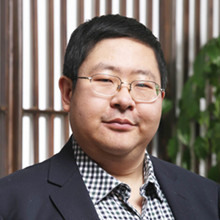
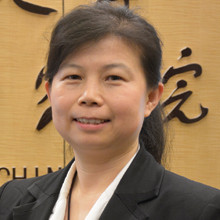
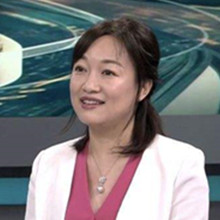
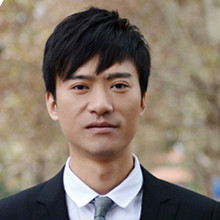

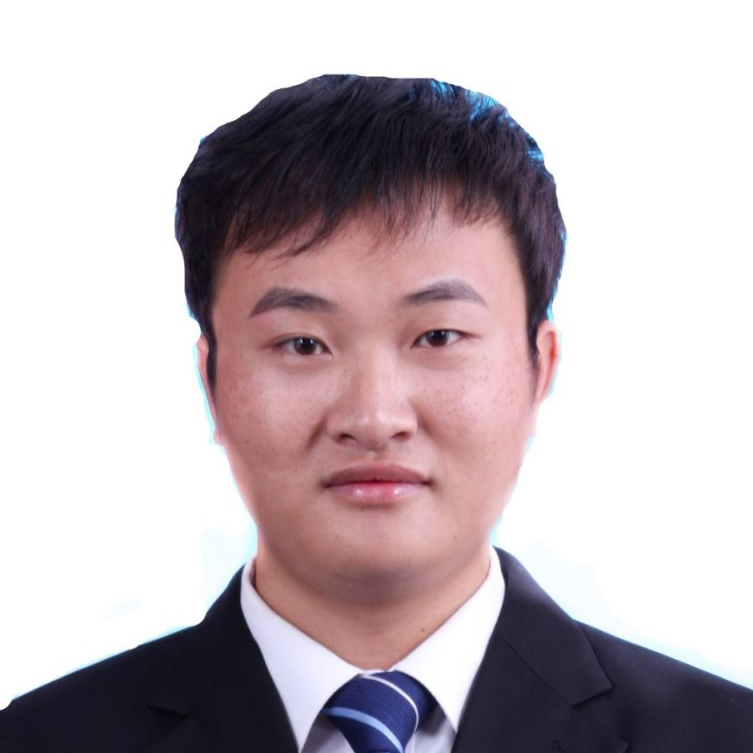
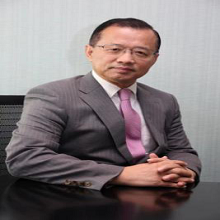

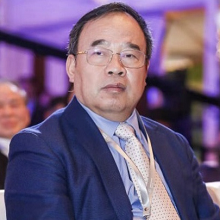
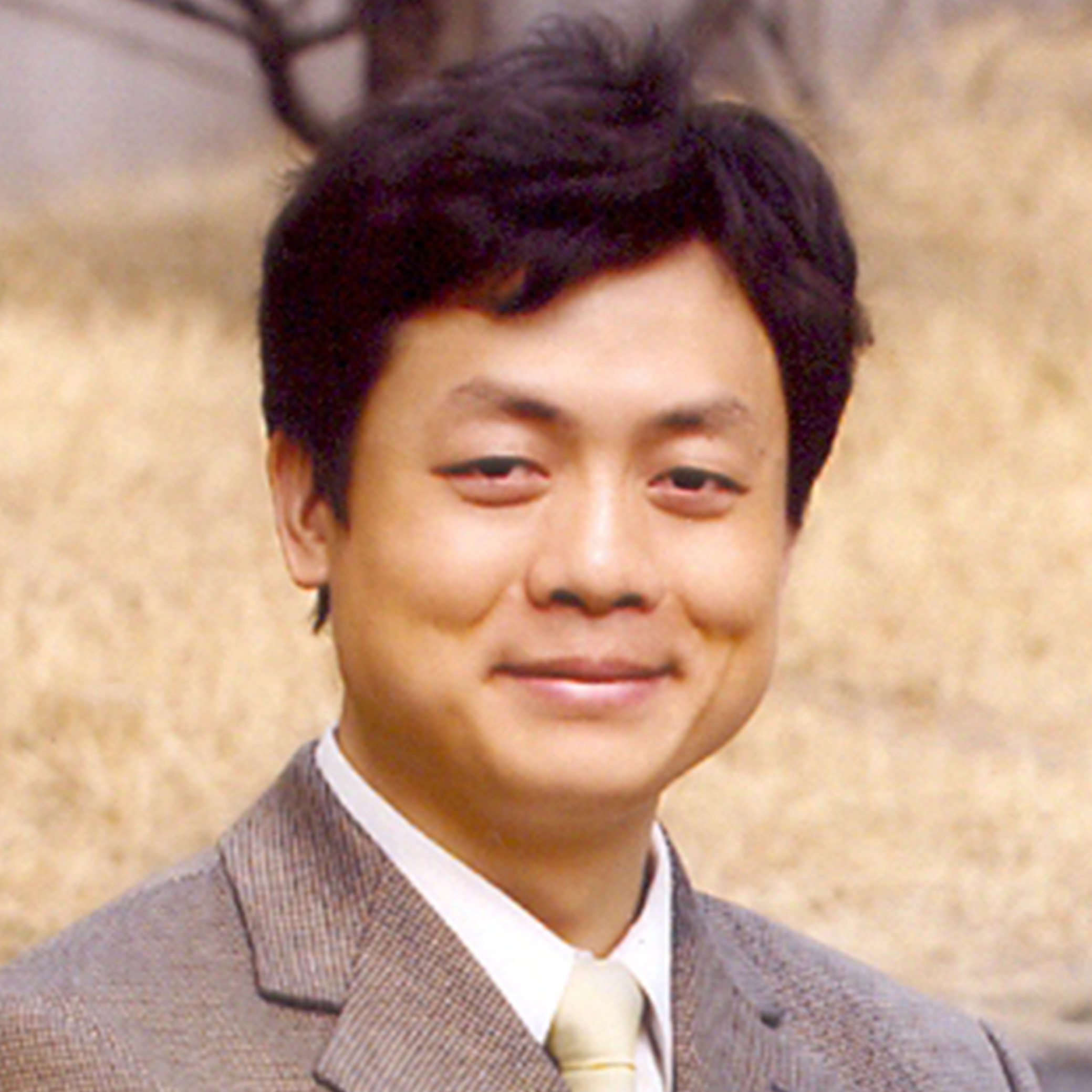
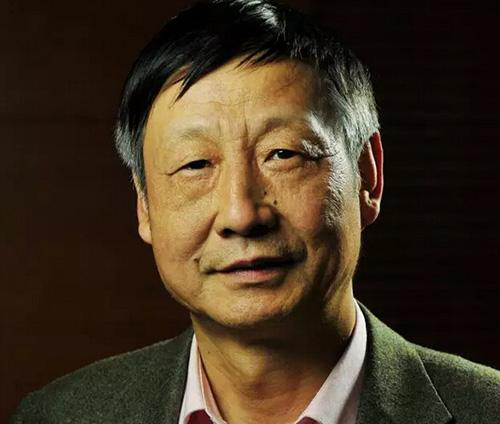
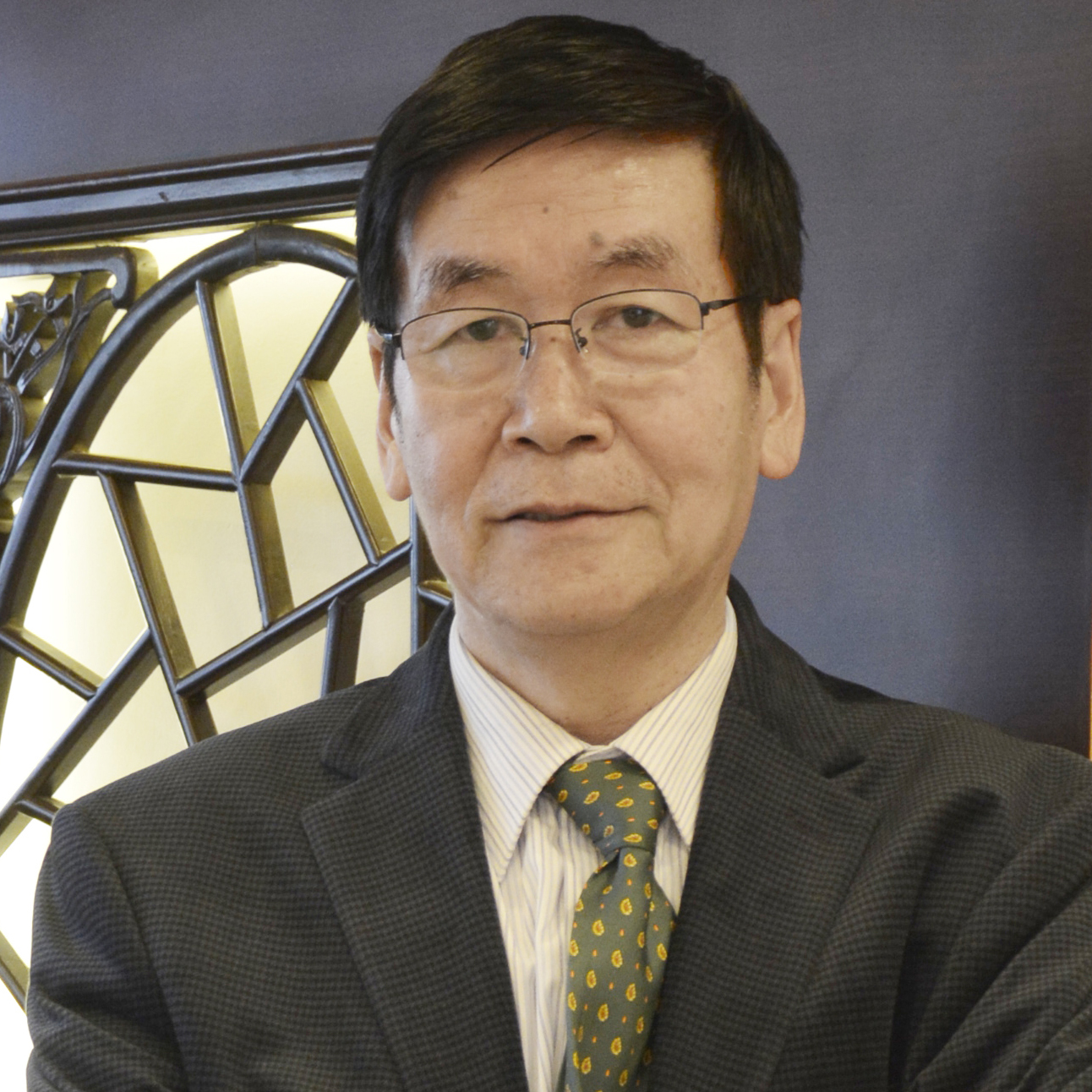
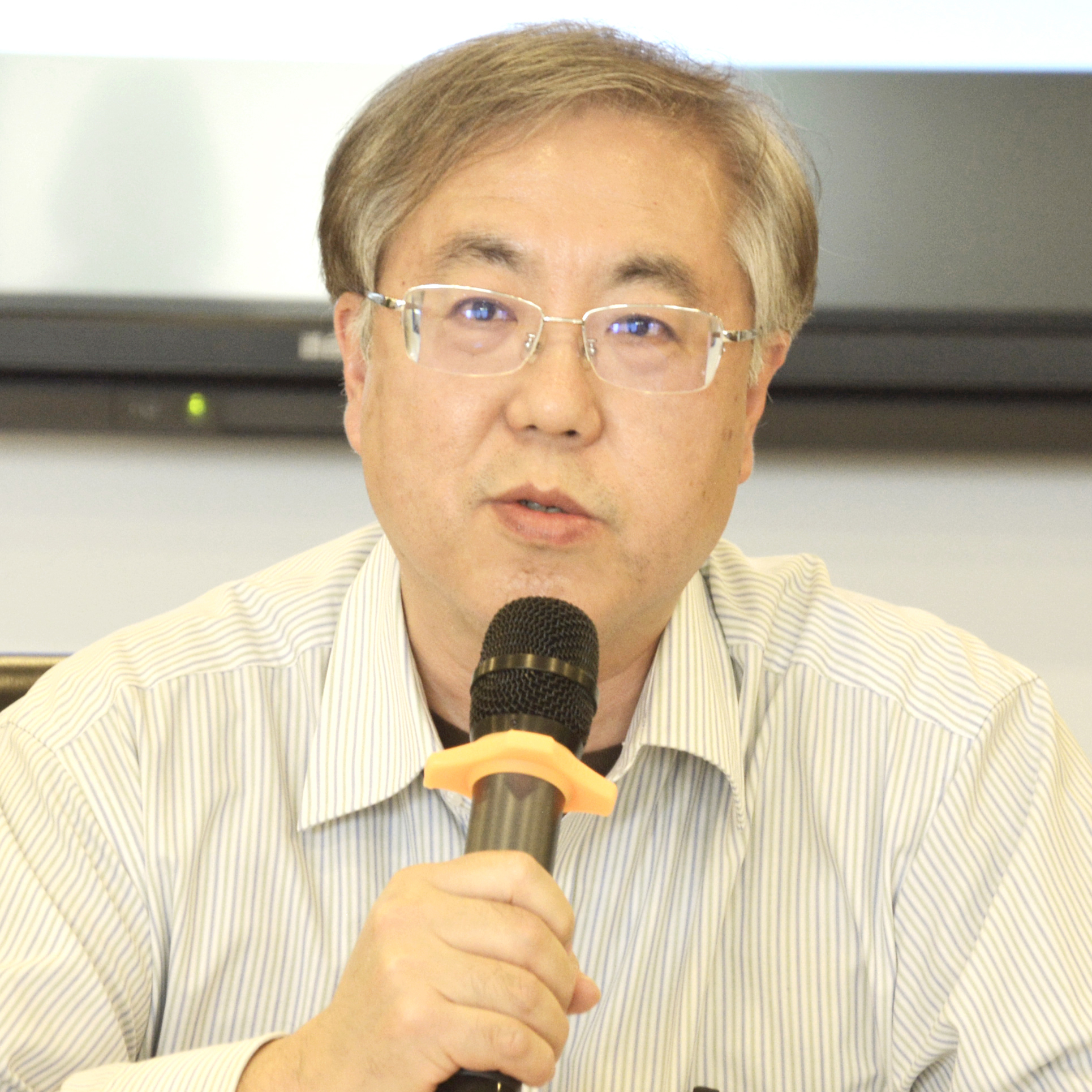

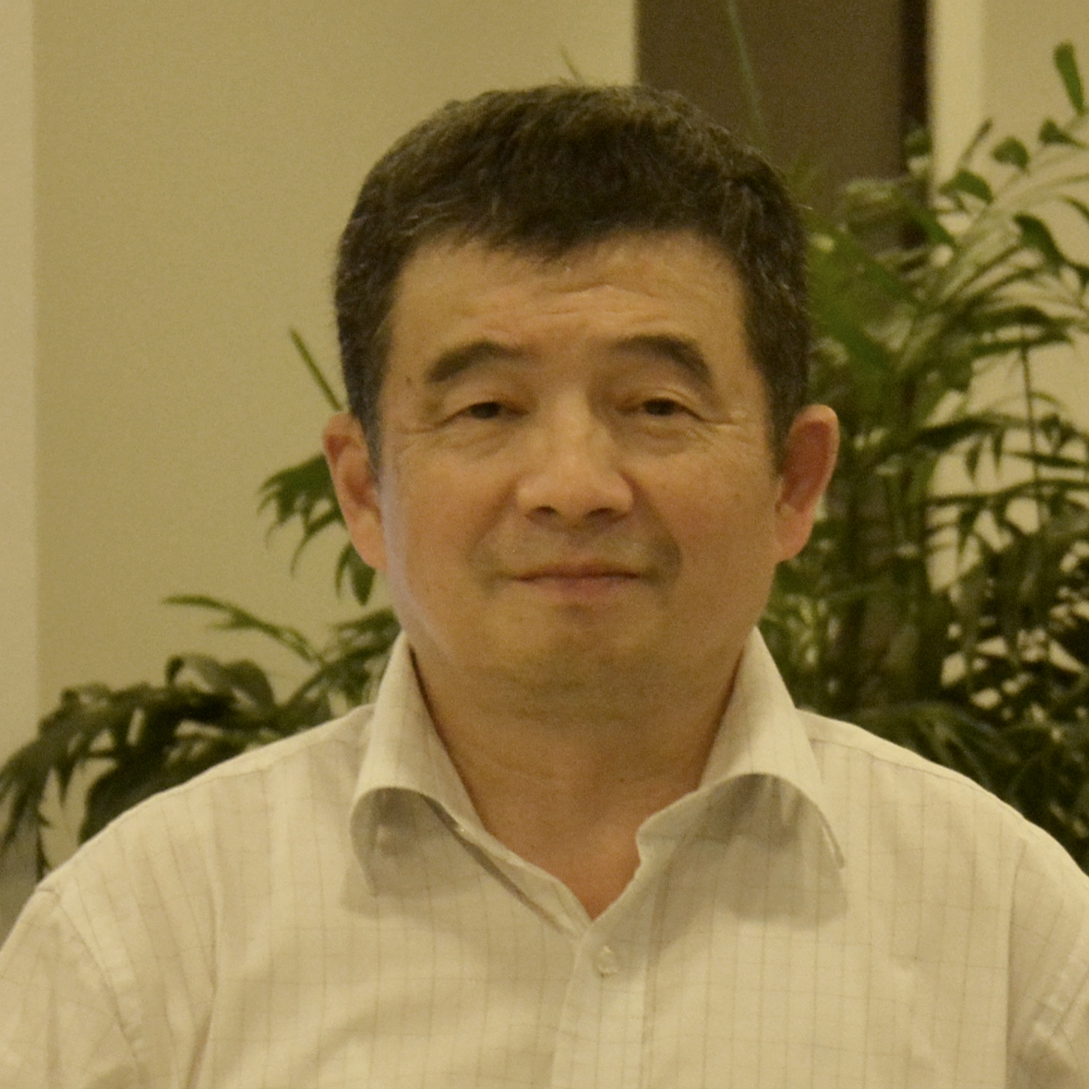
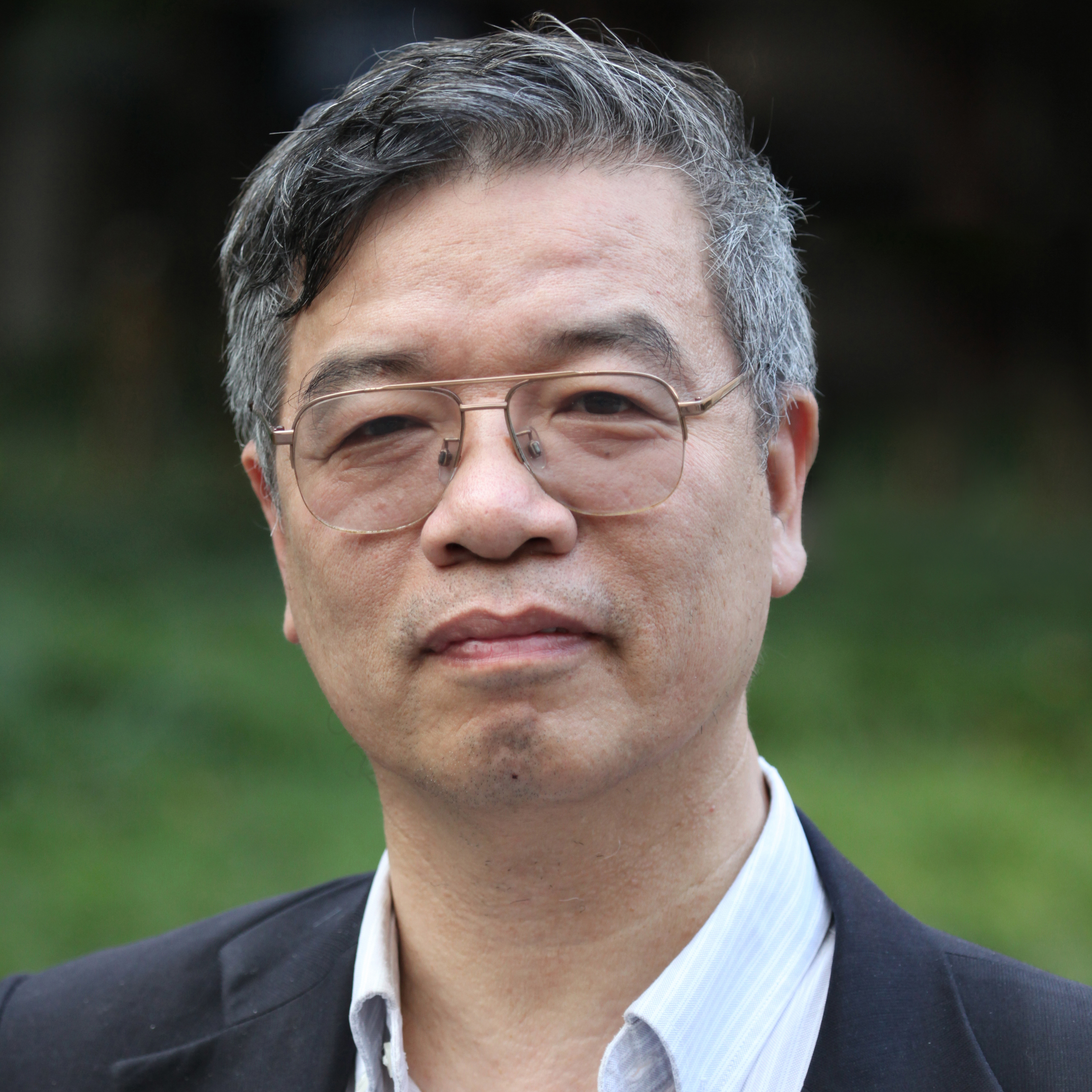
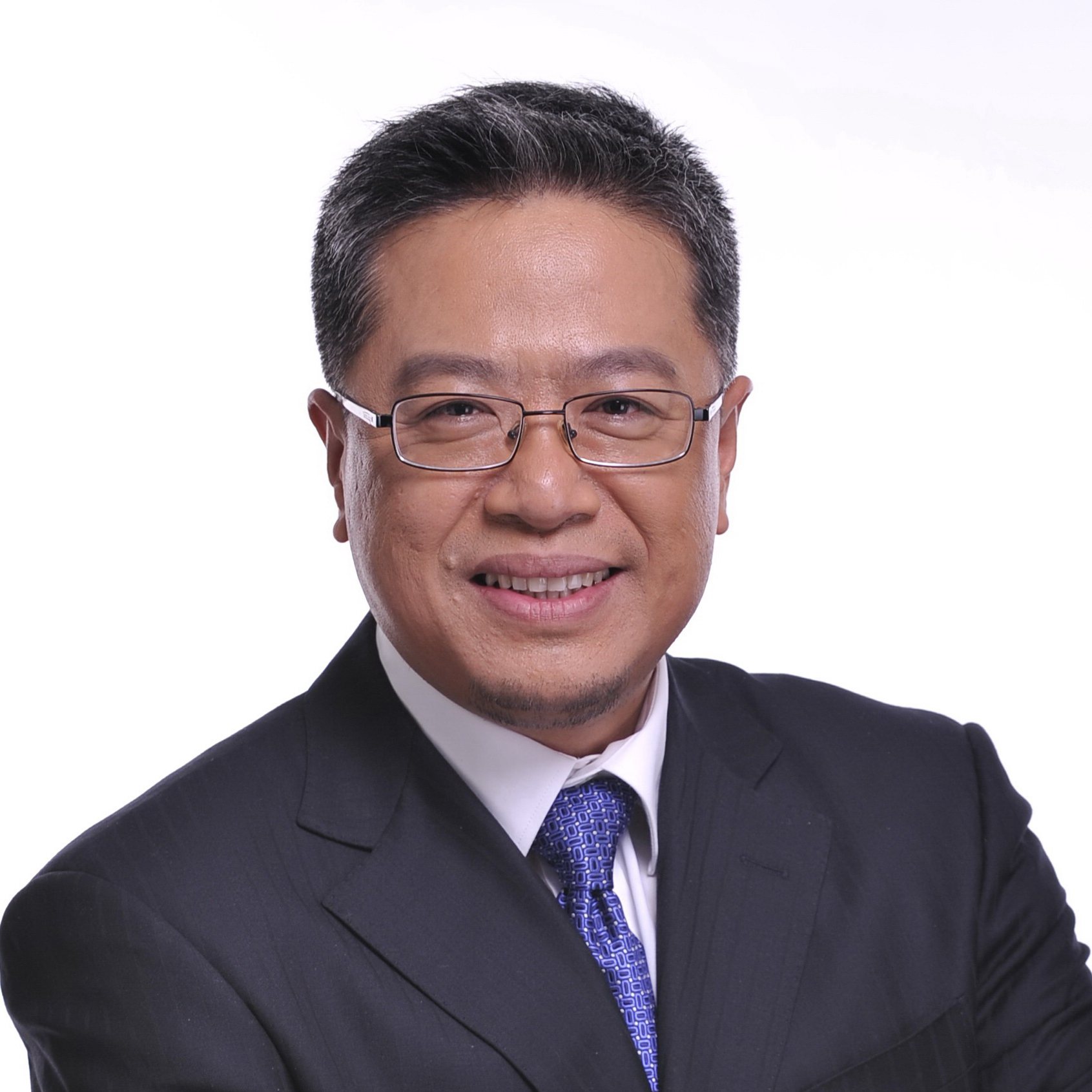
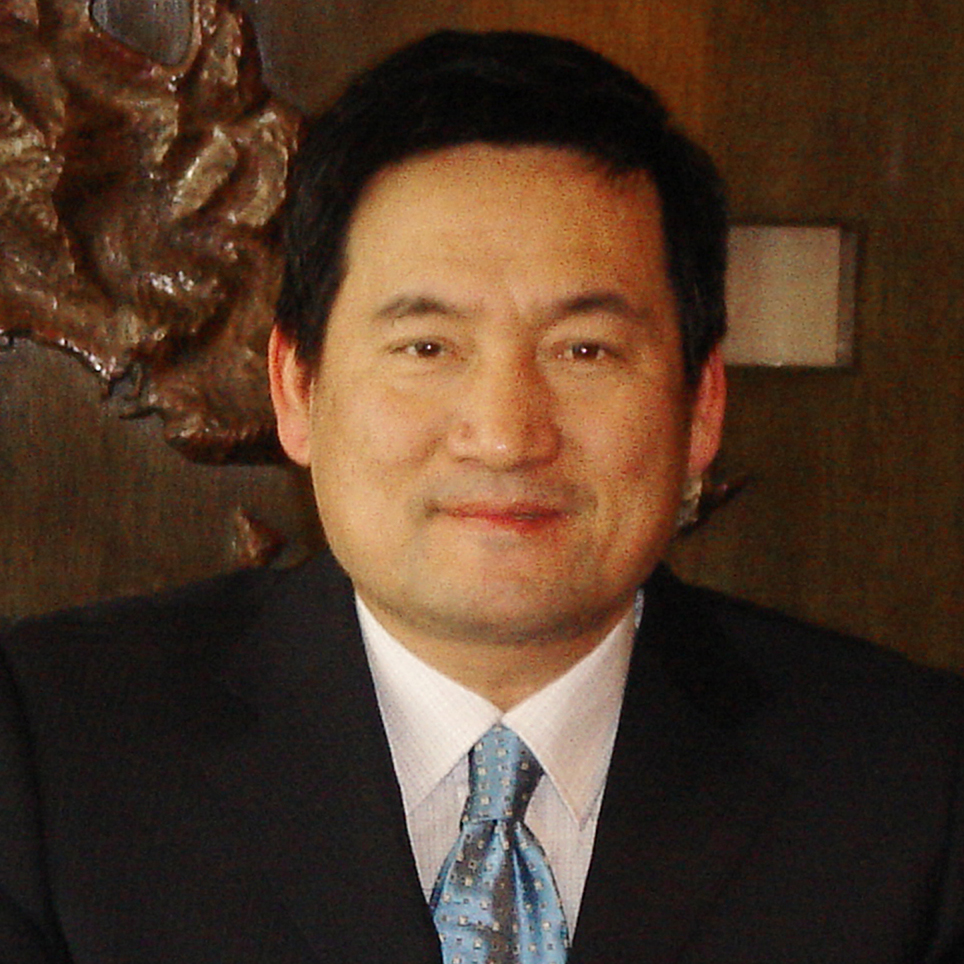




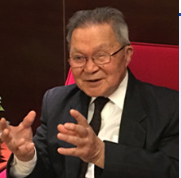
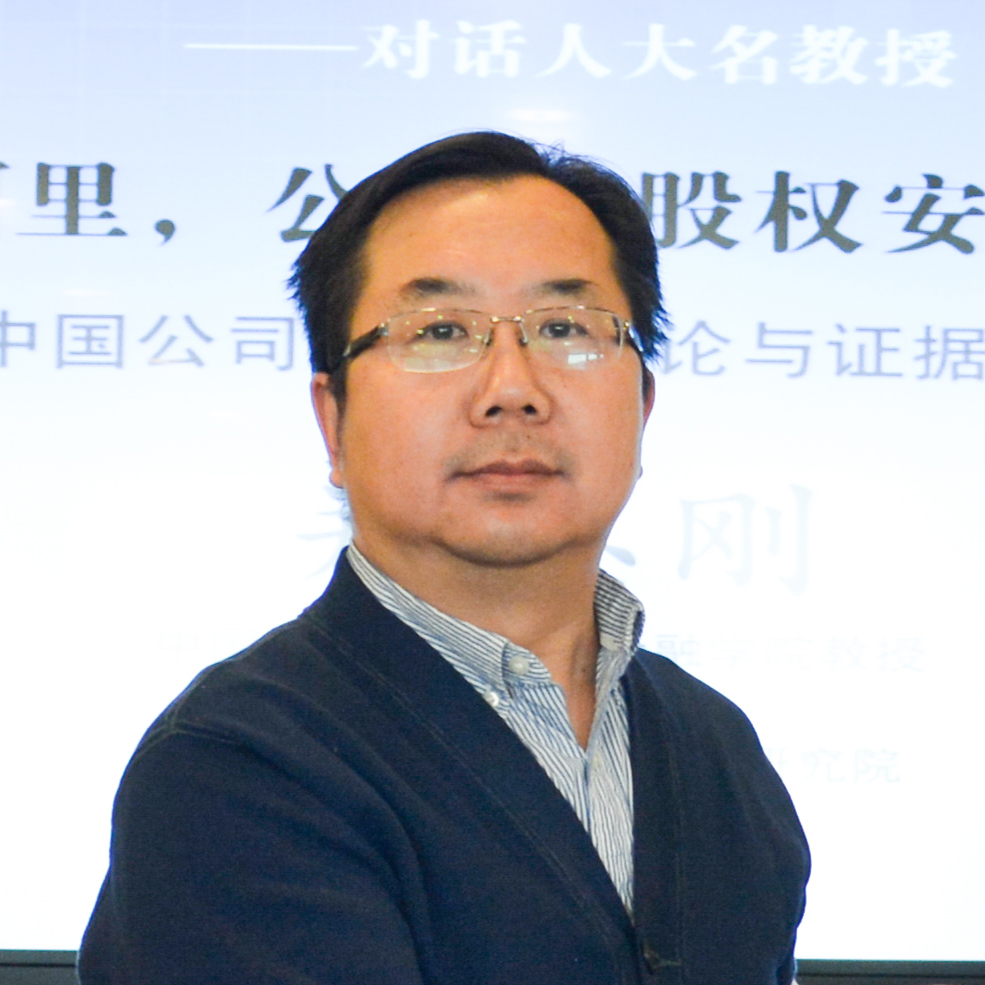
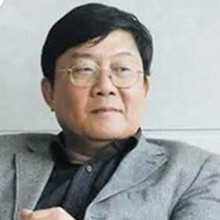

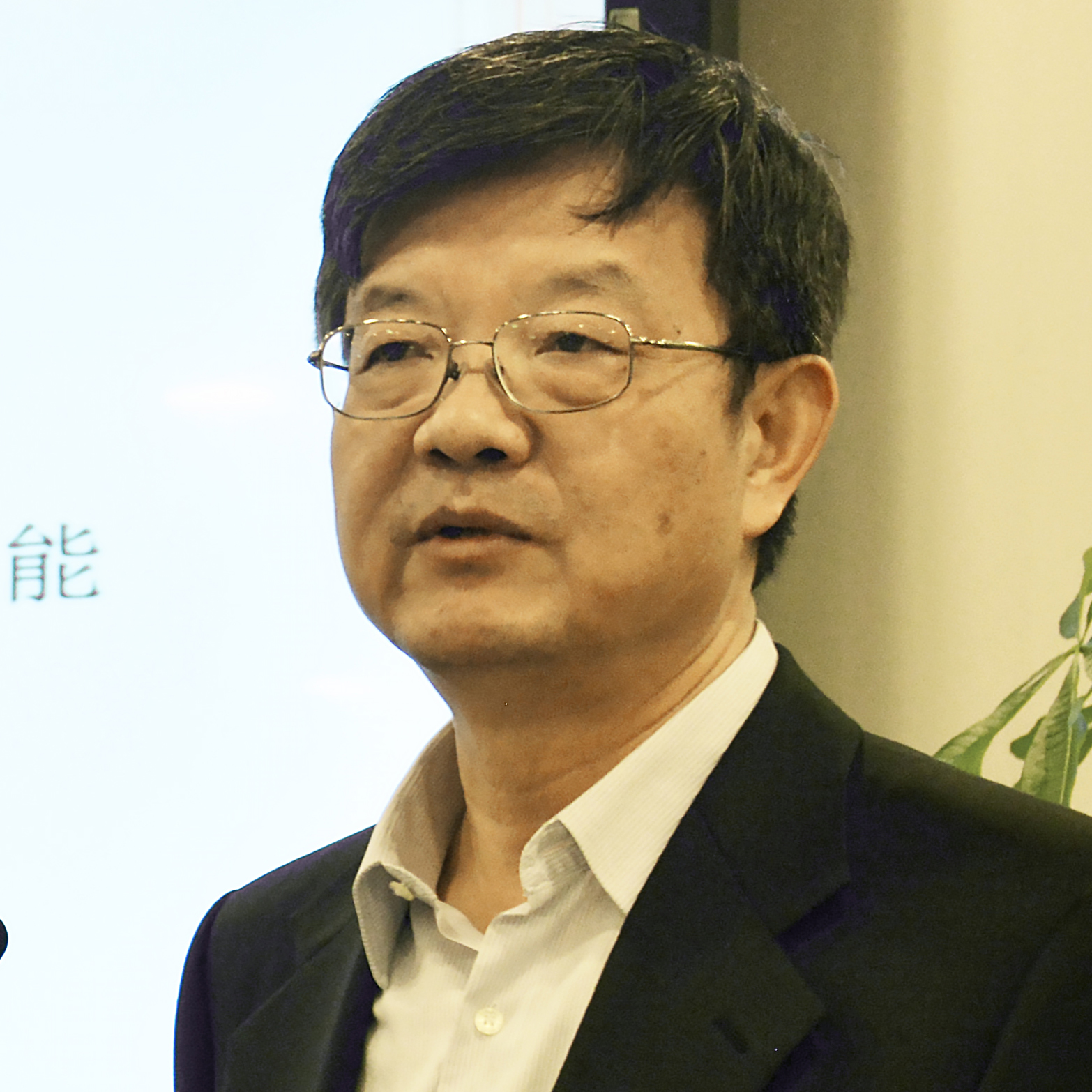
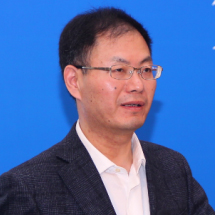

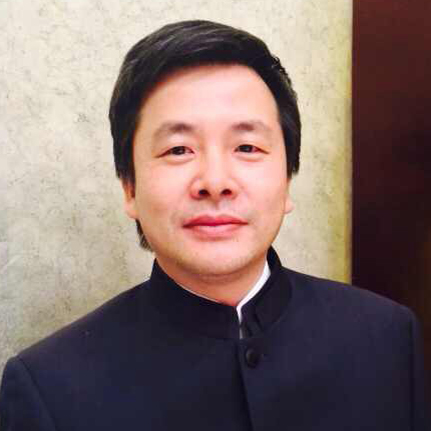
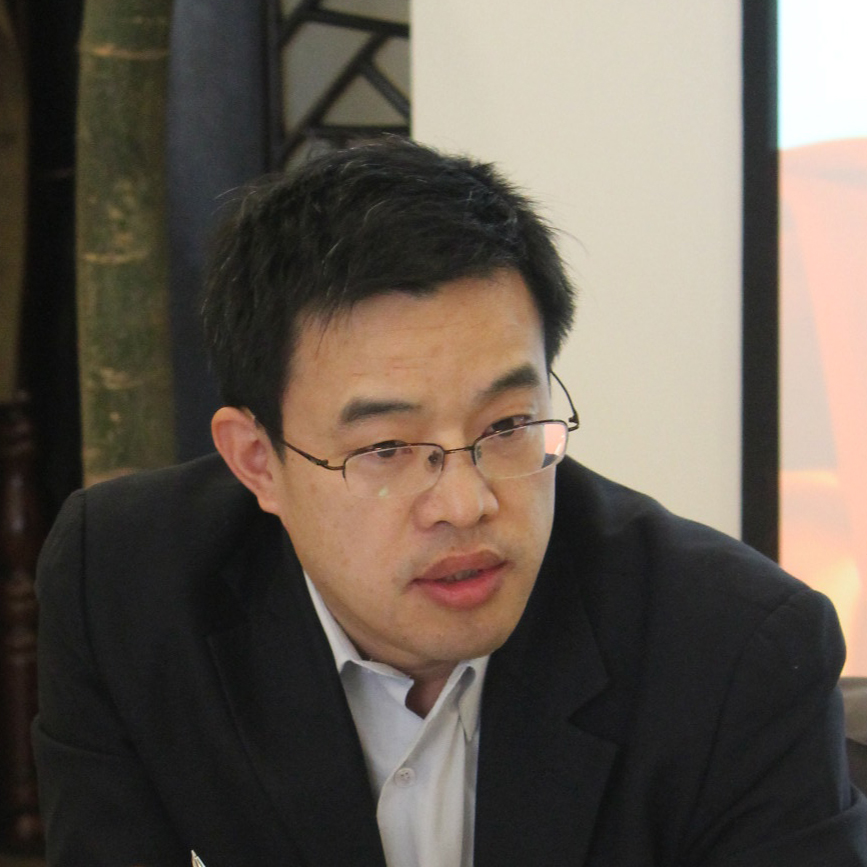
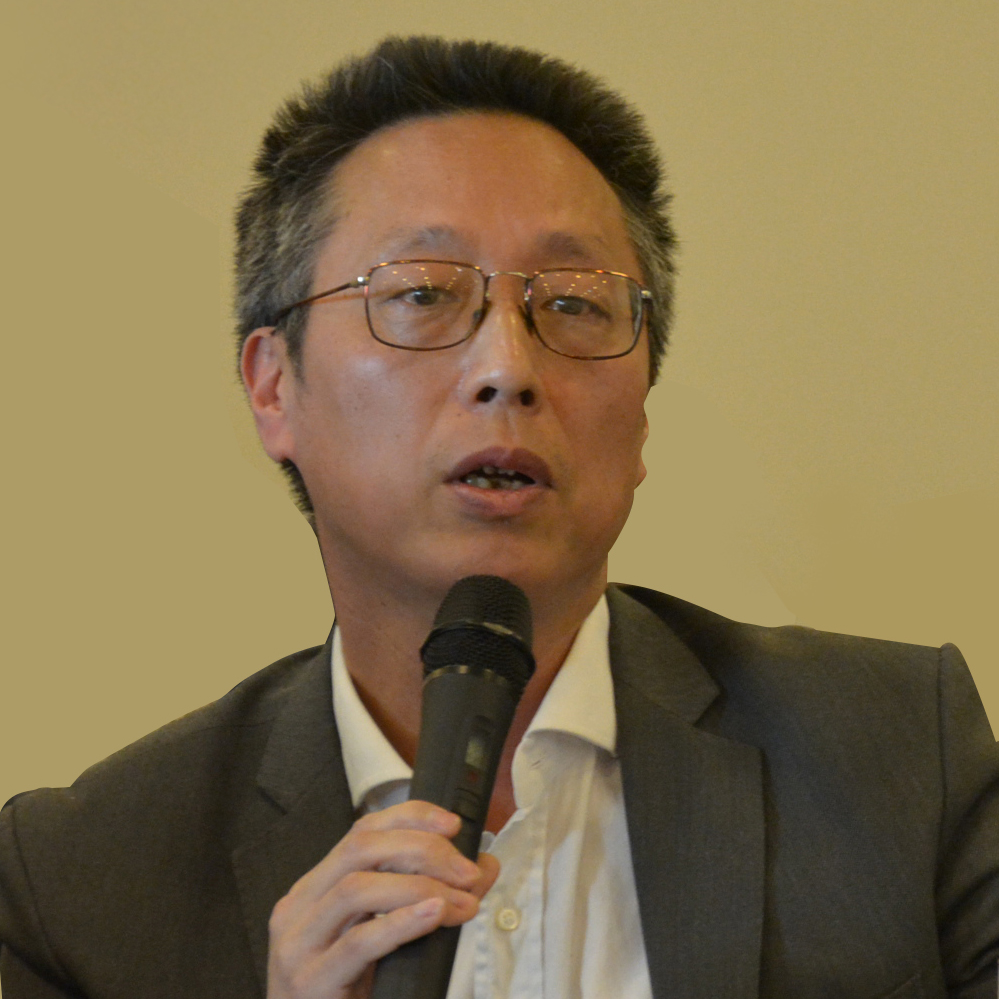
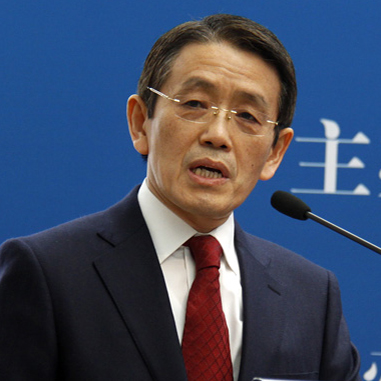

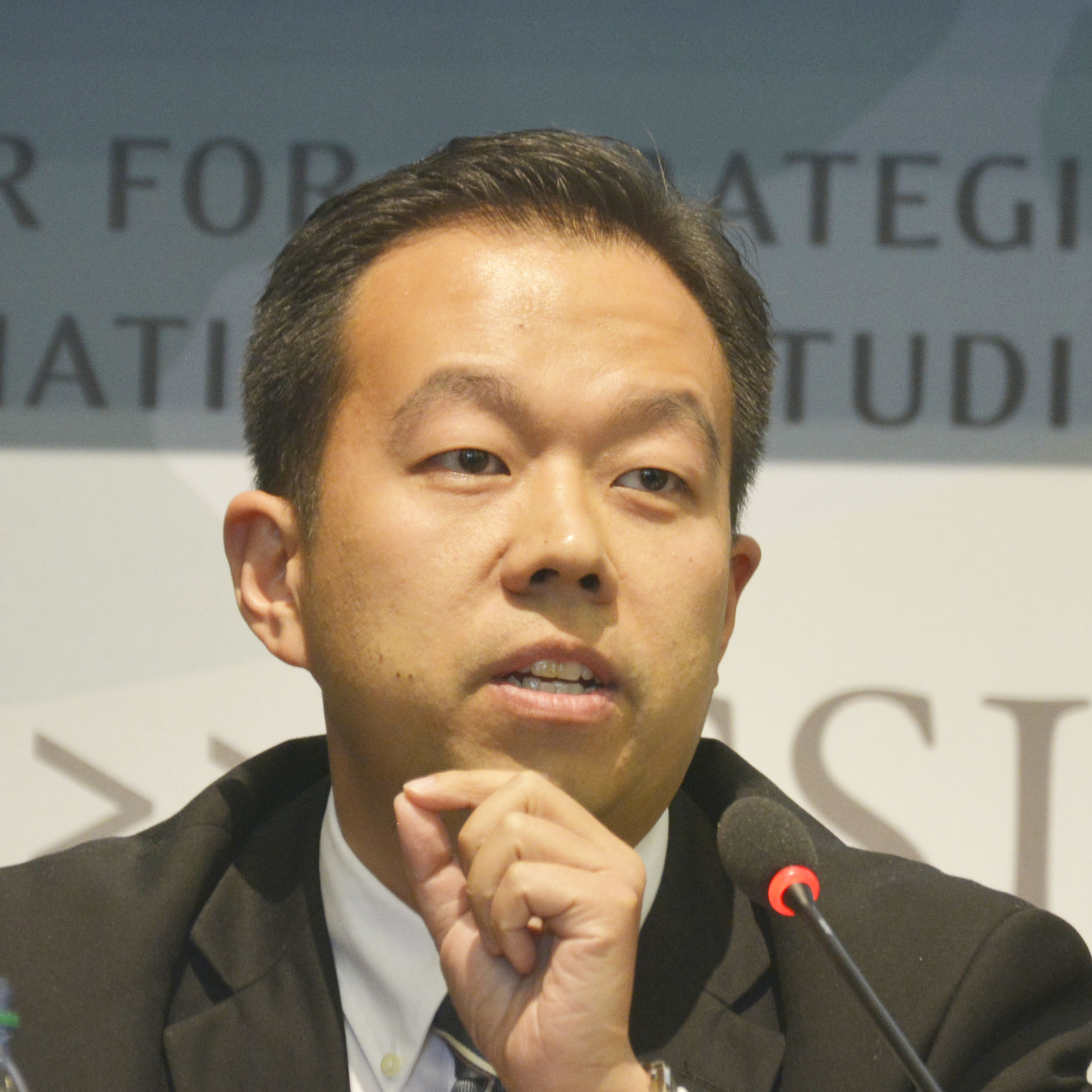

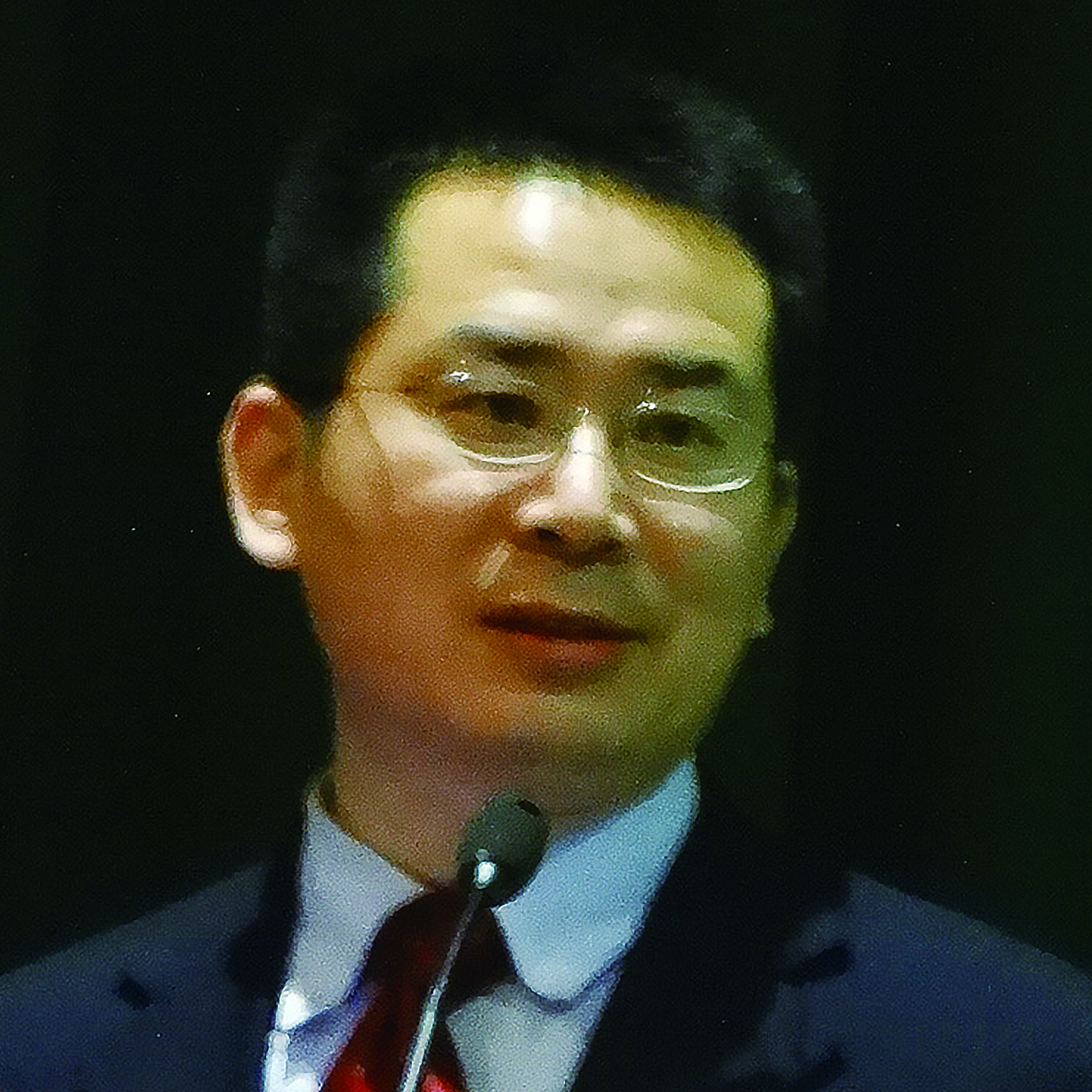
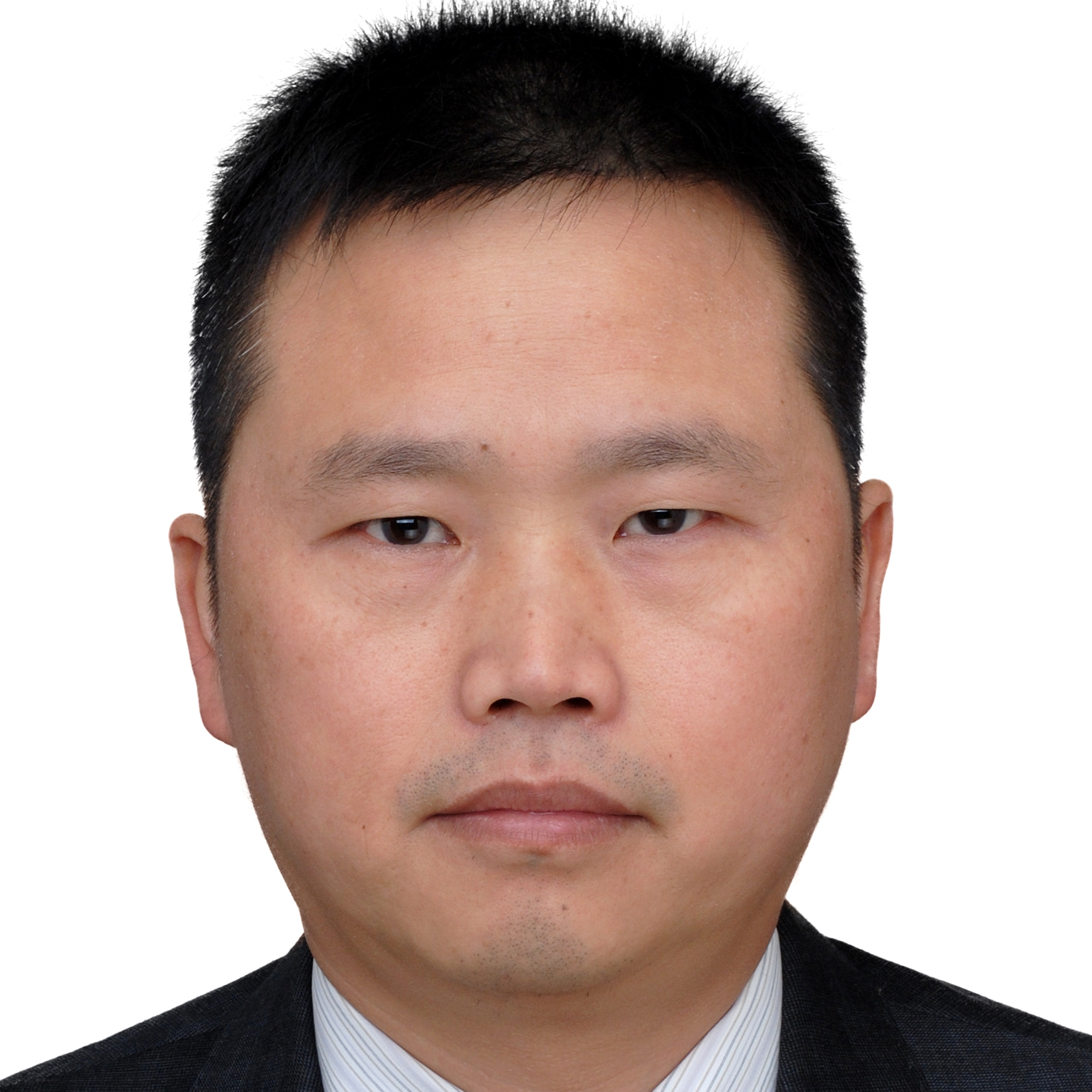
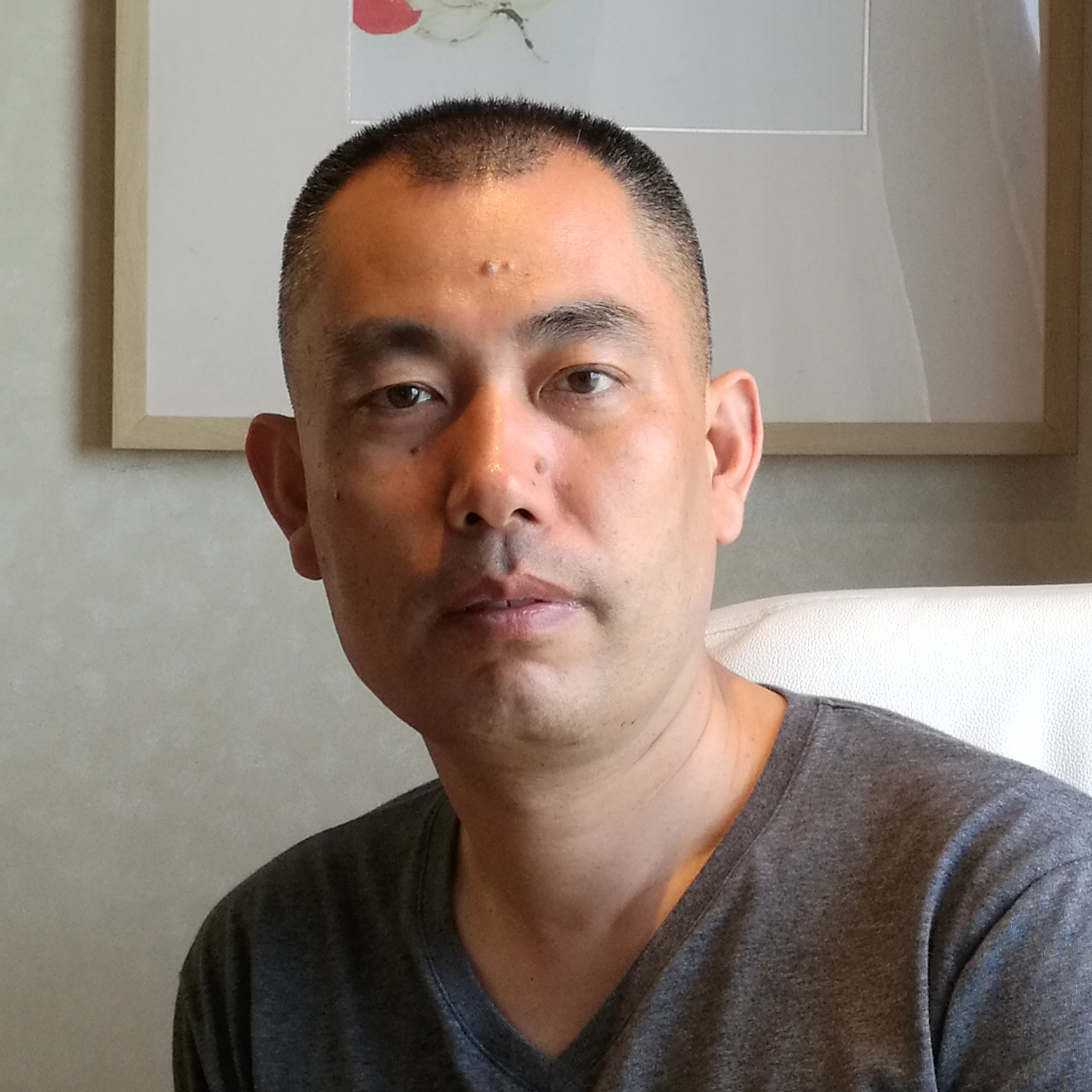

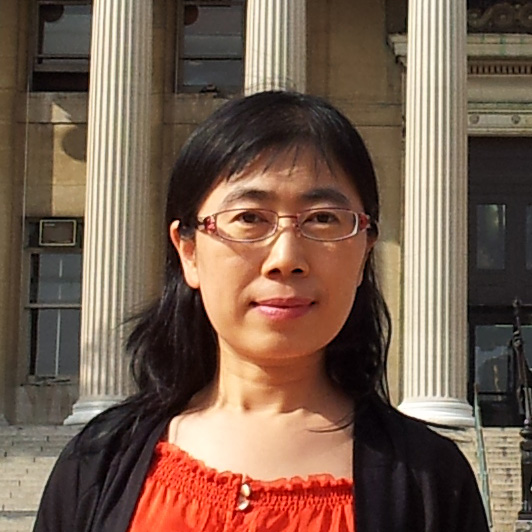
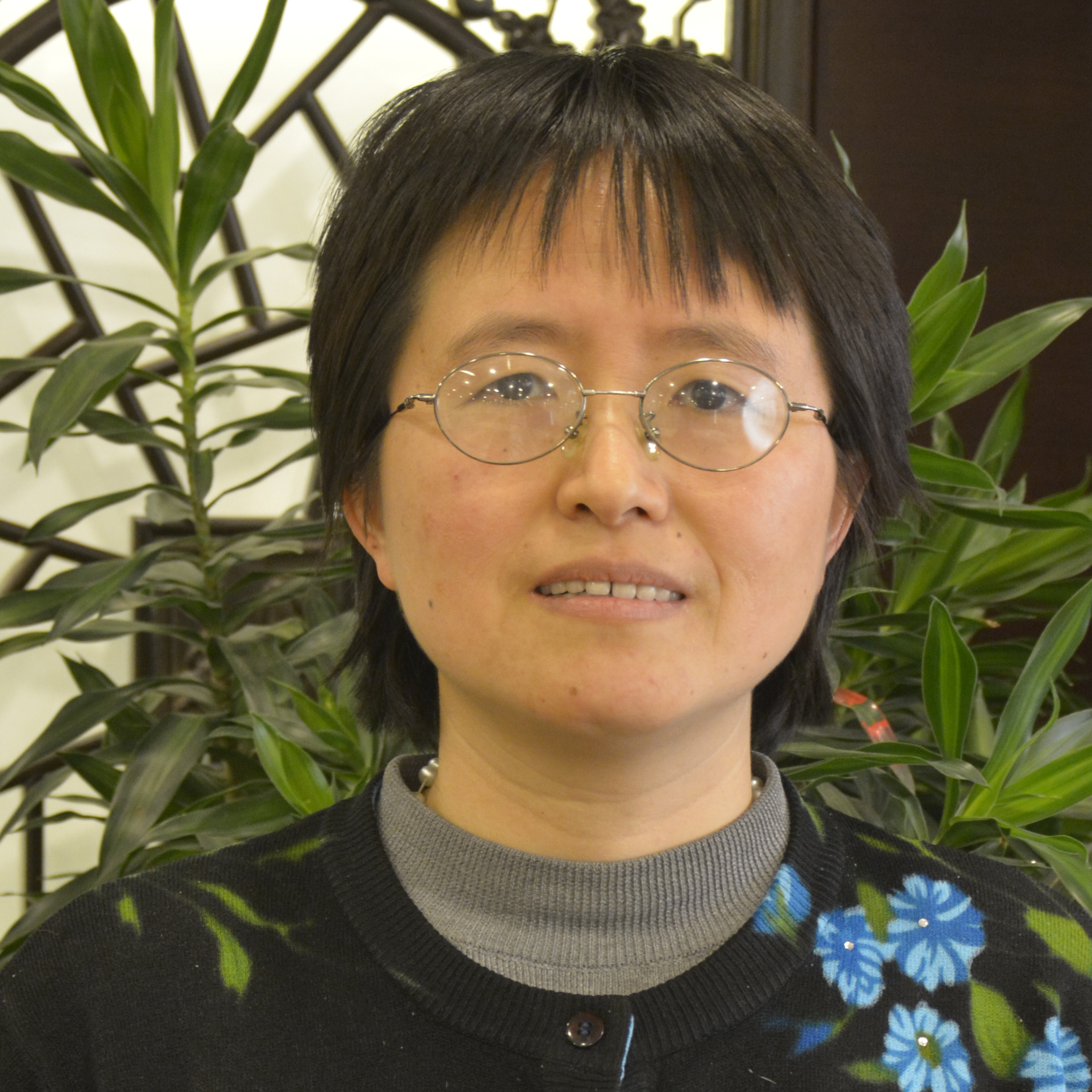

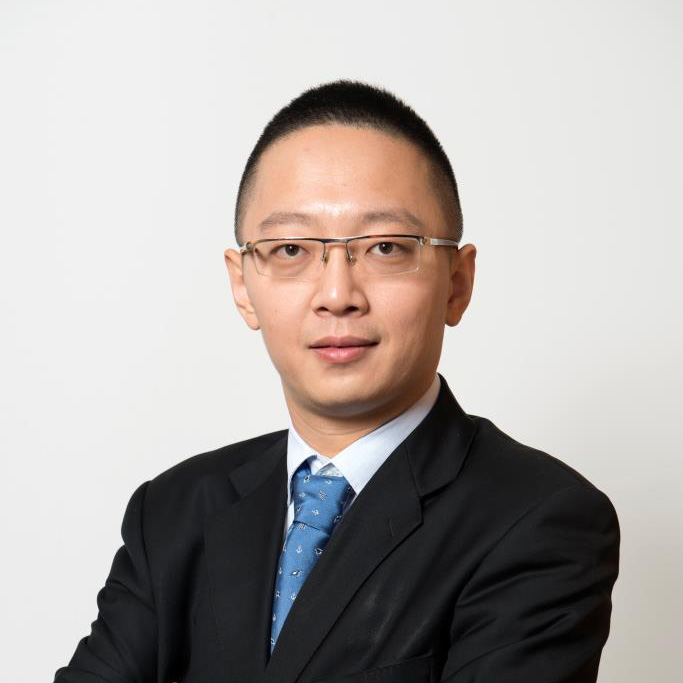
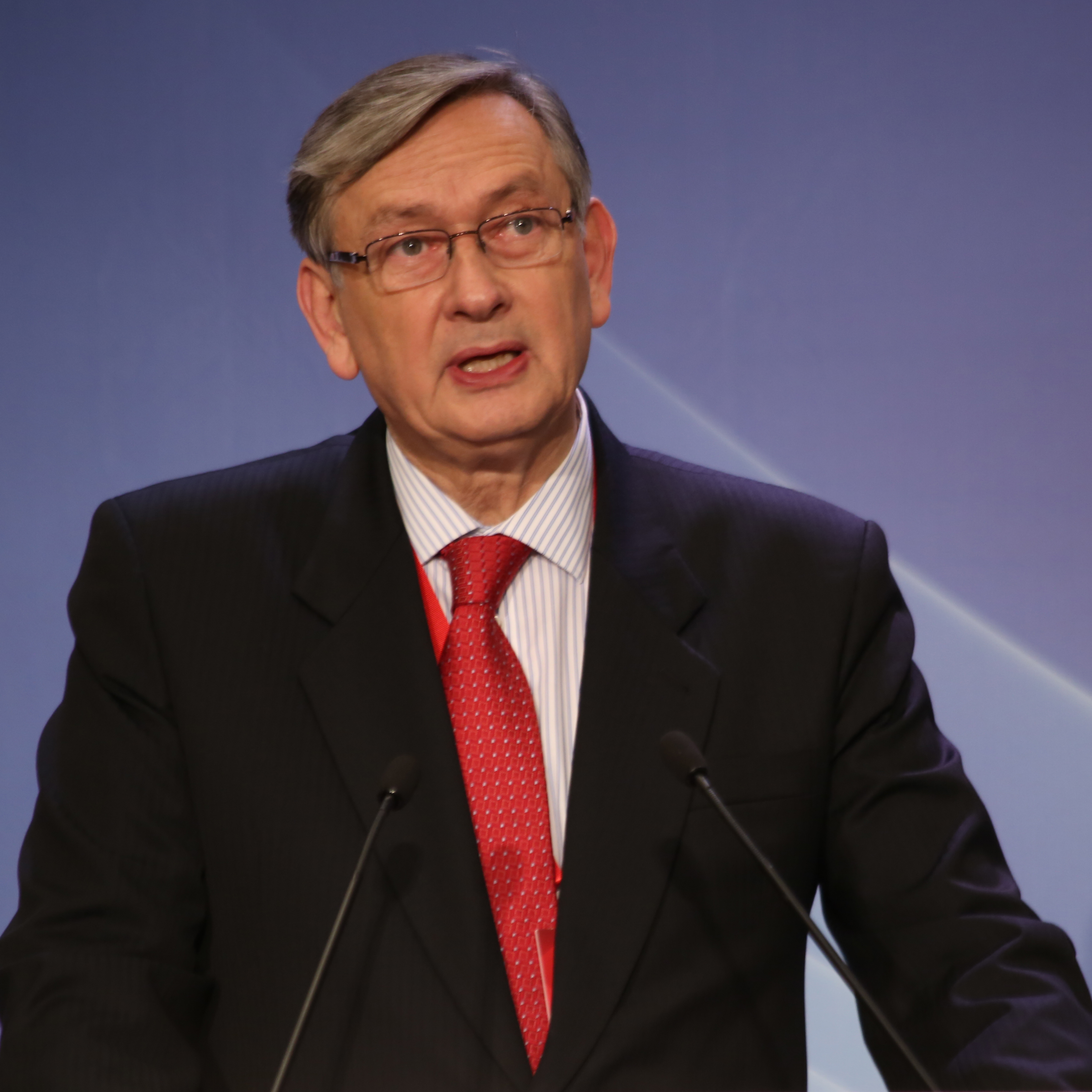
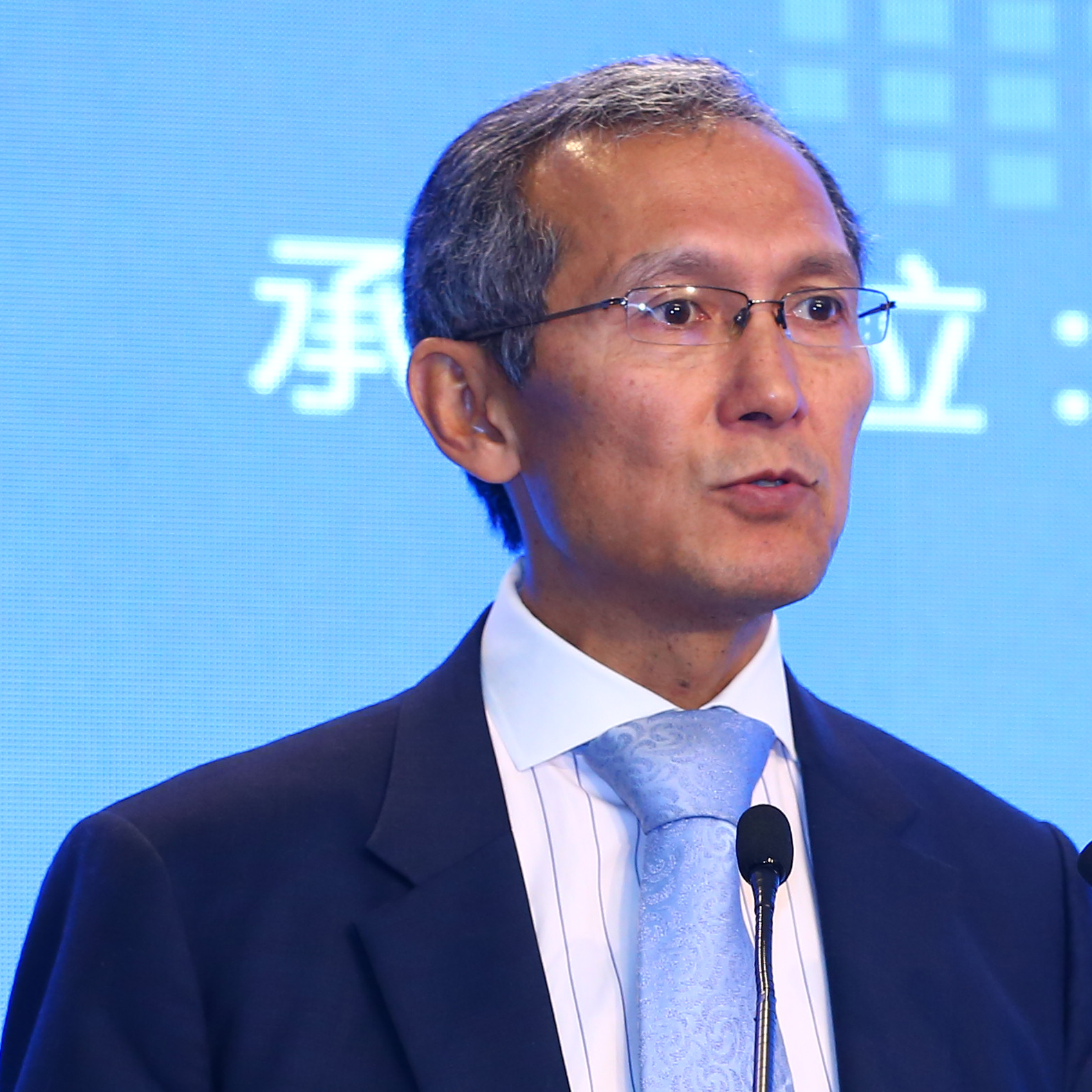


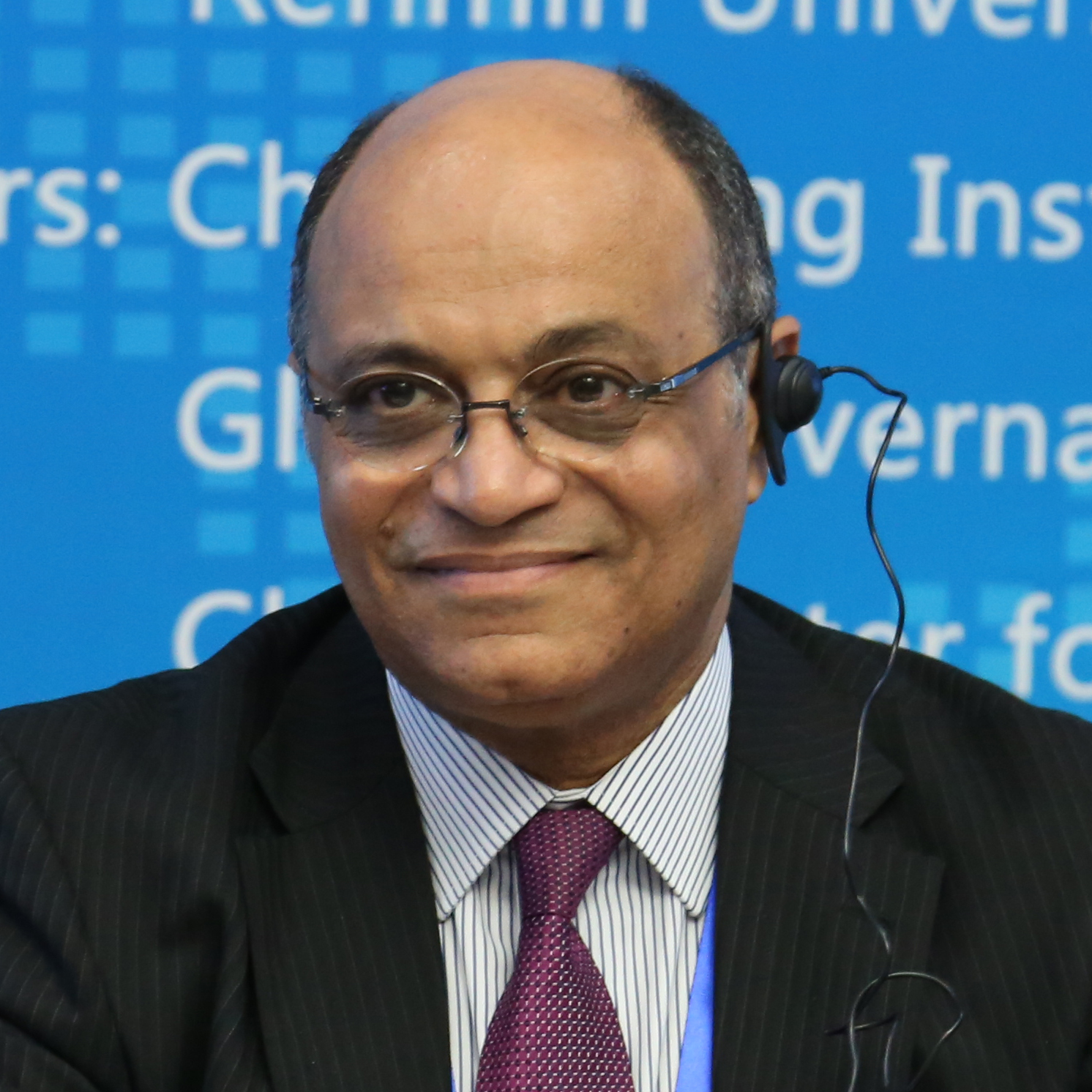







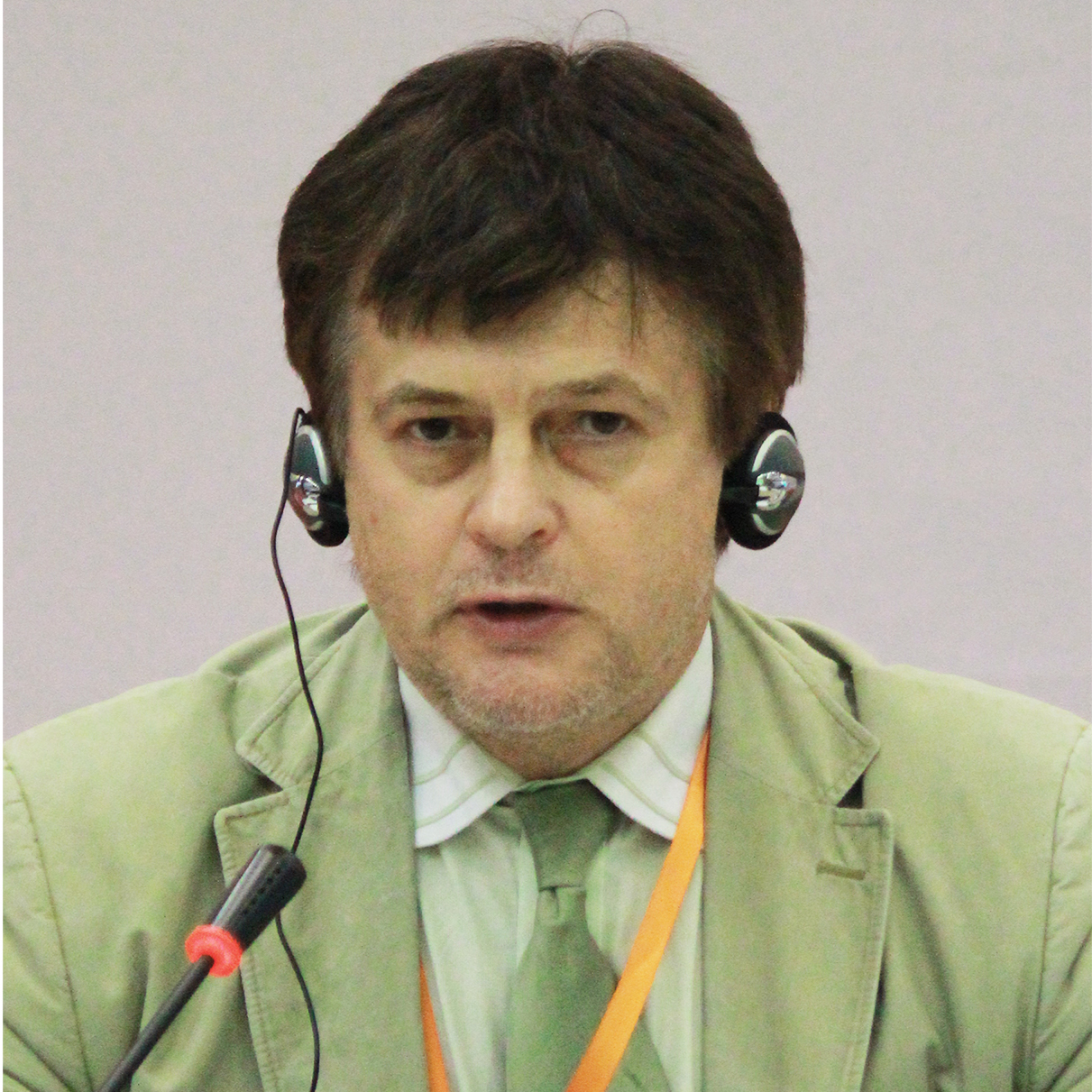




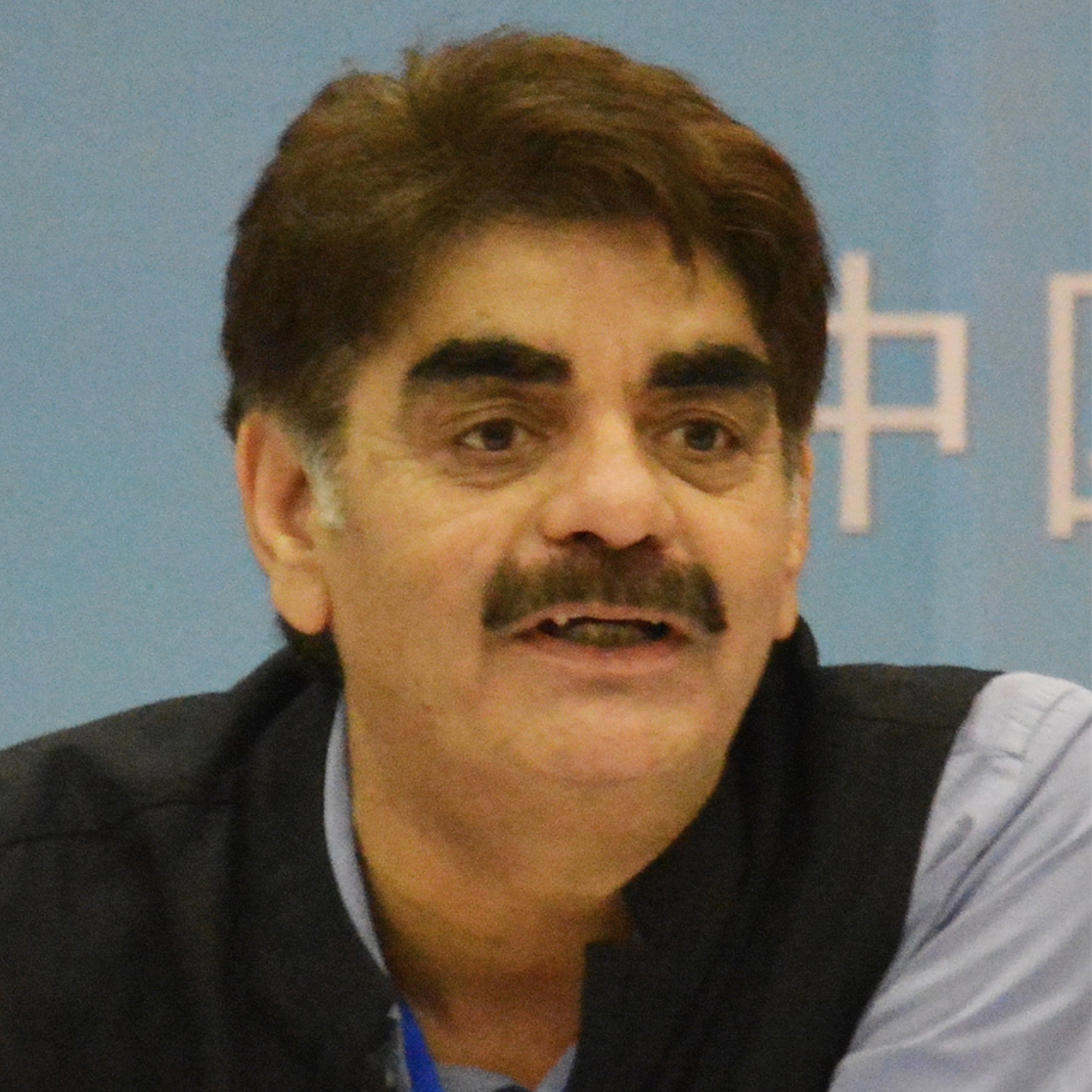
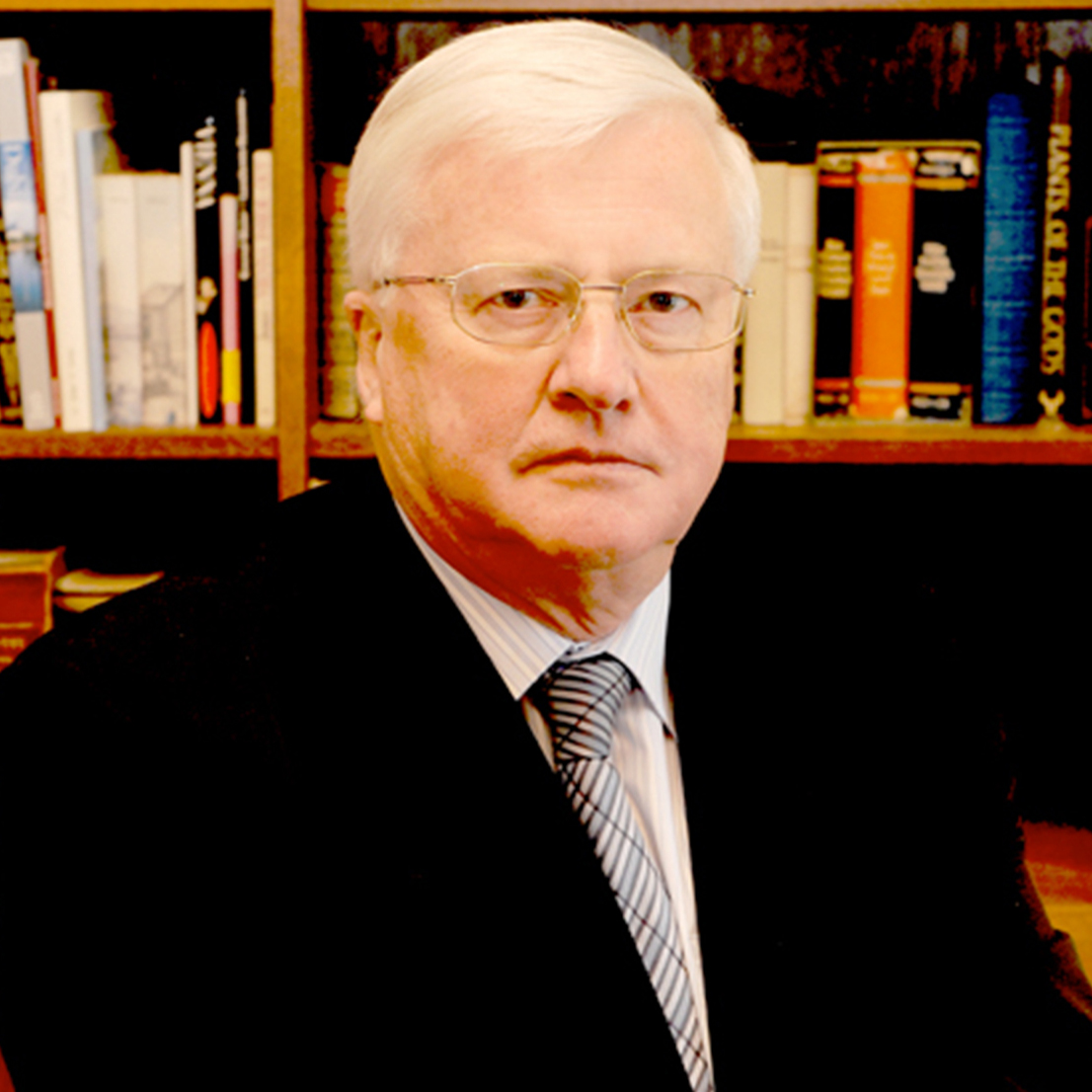
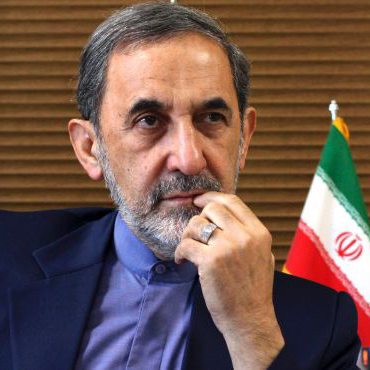

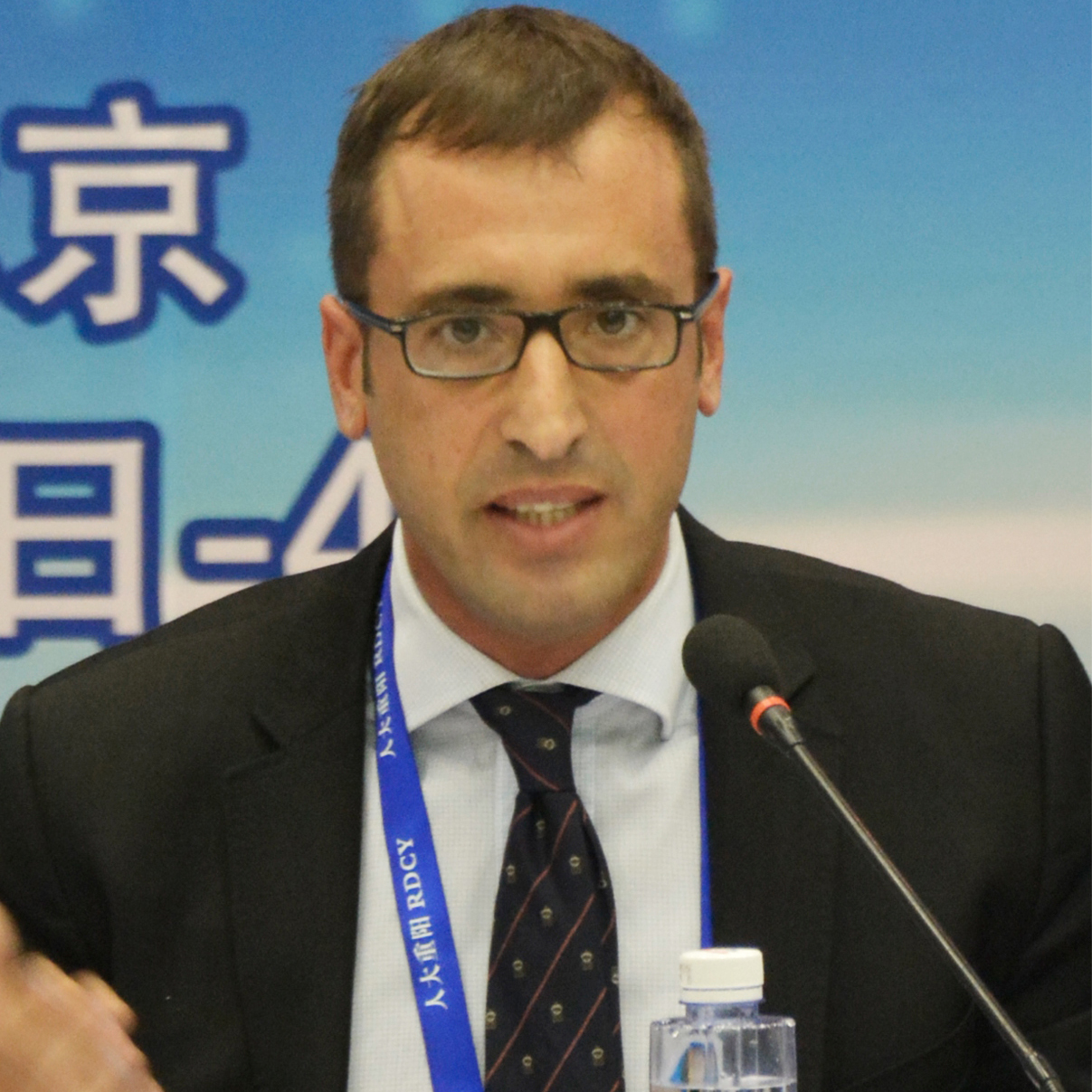
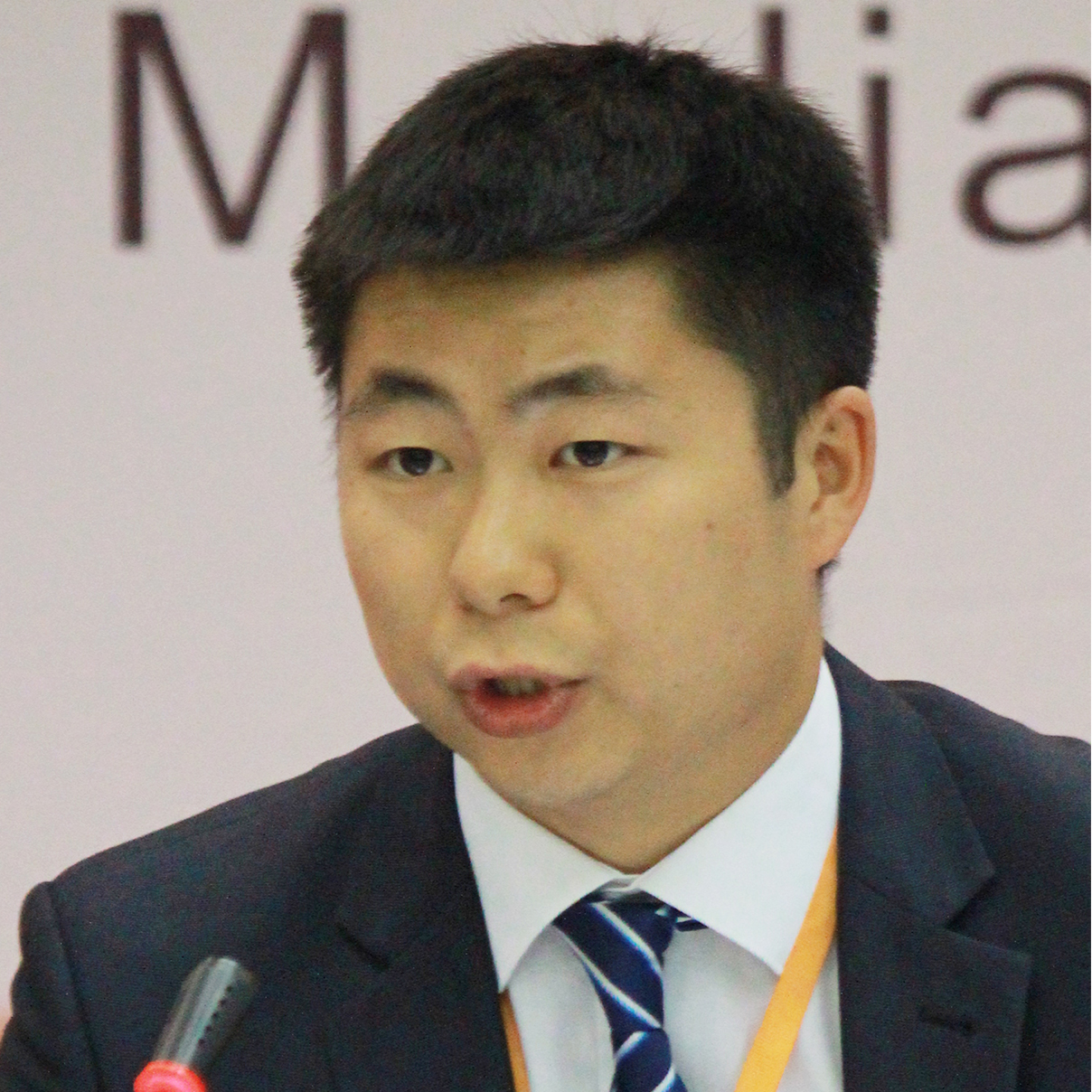
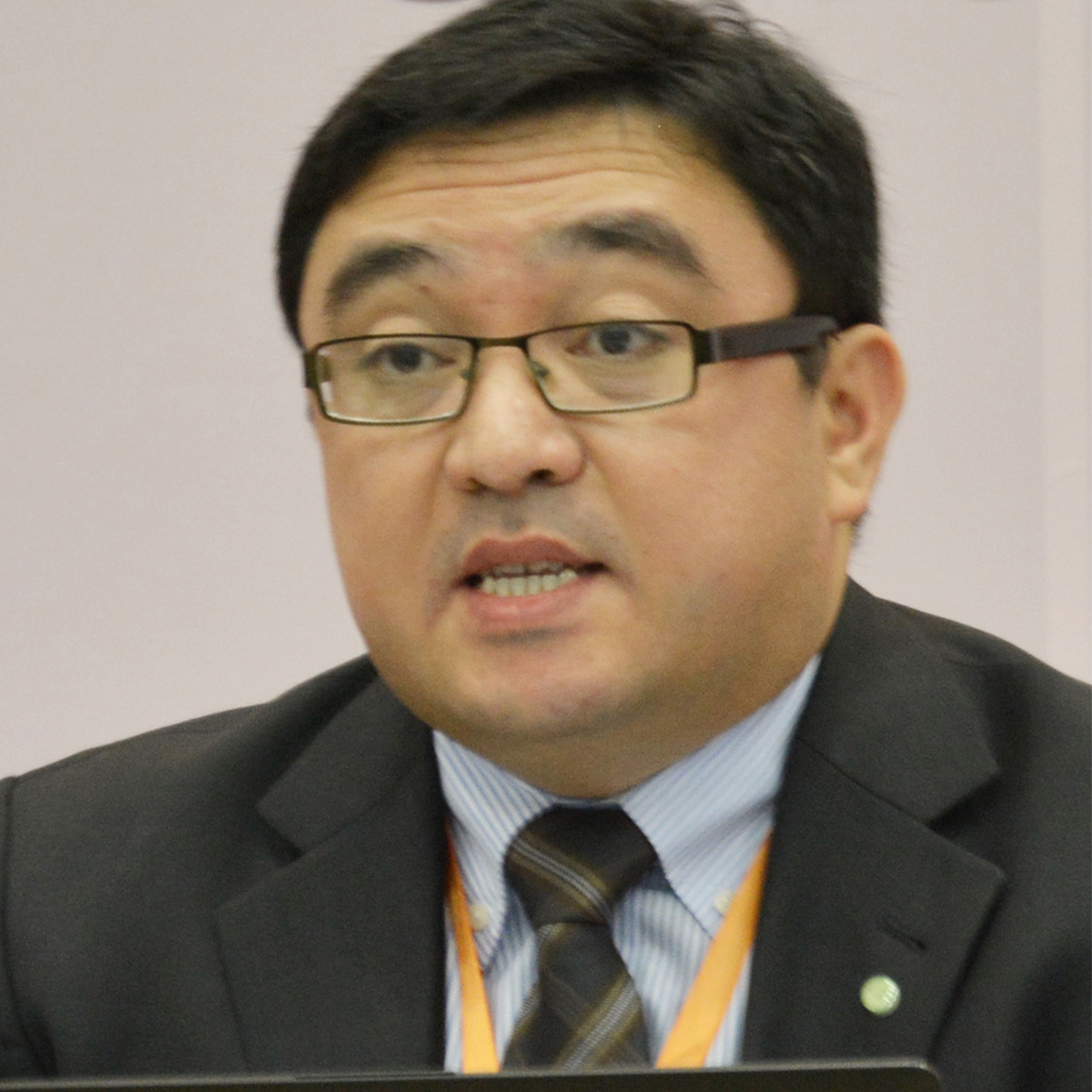
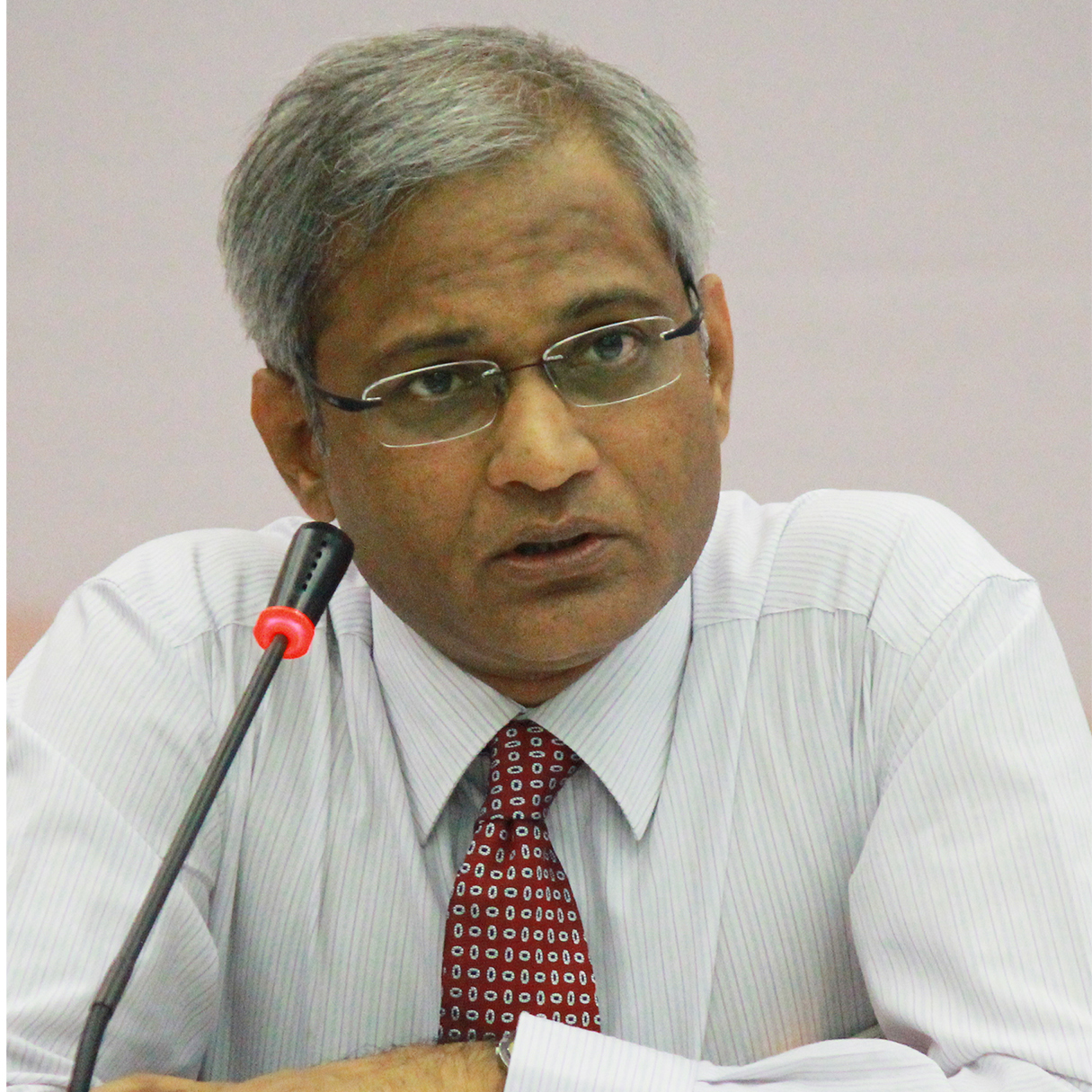





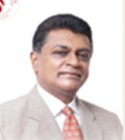

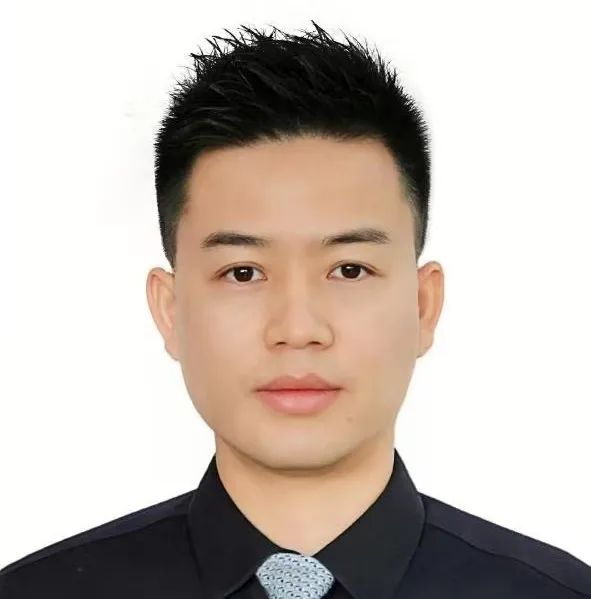
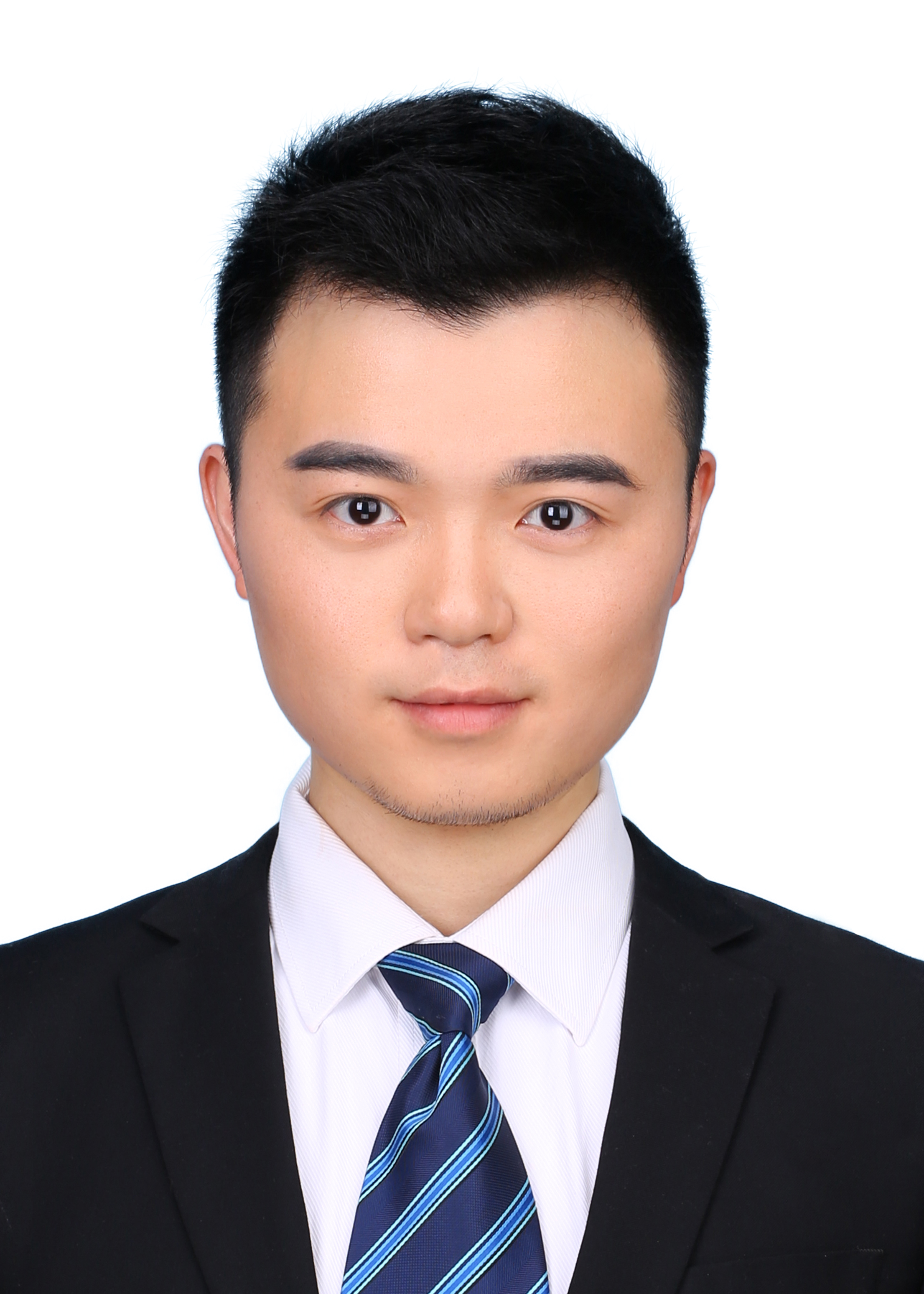

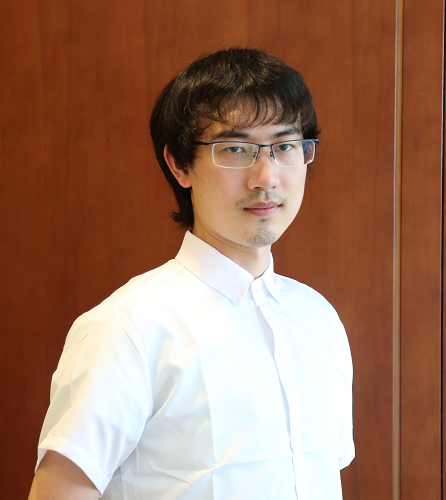


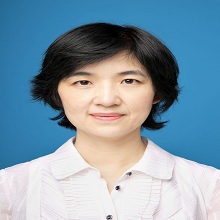



 京公网安备 11010802037854号
京公网安备 11010802037854号





